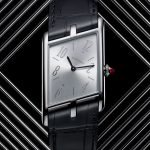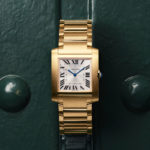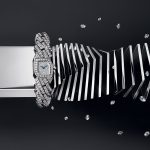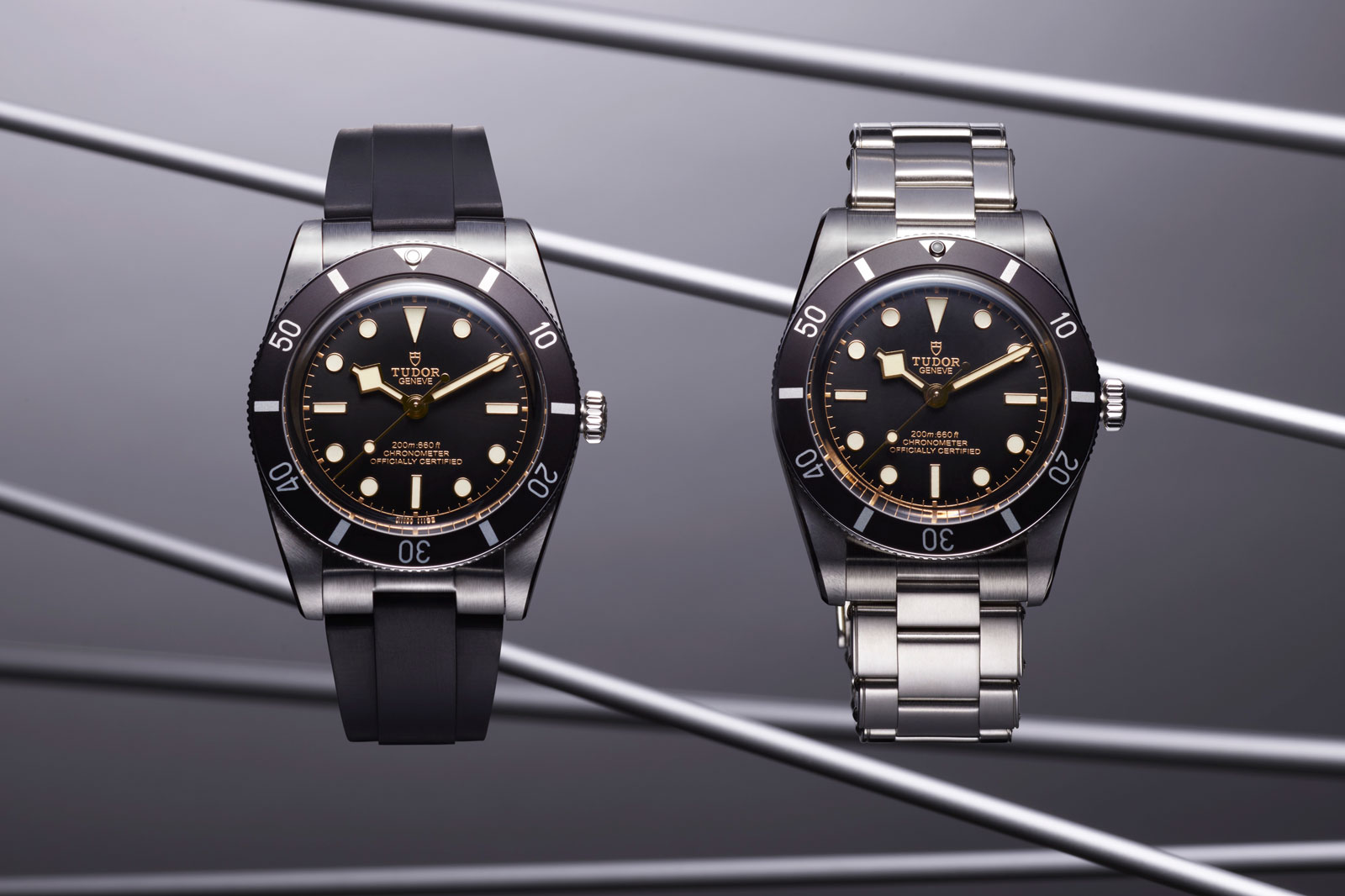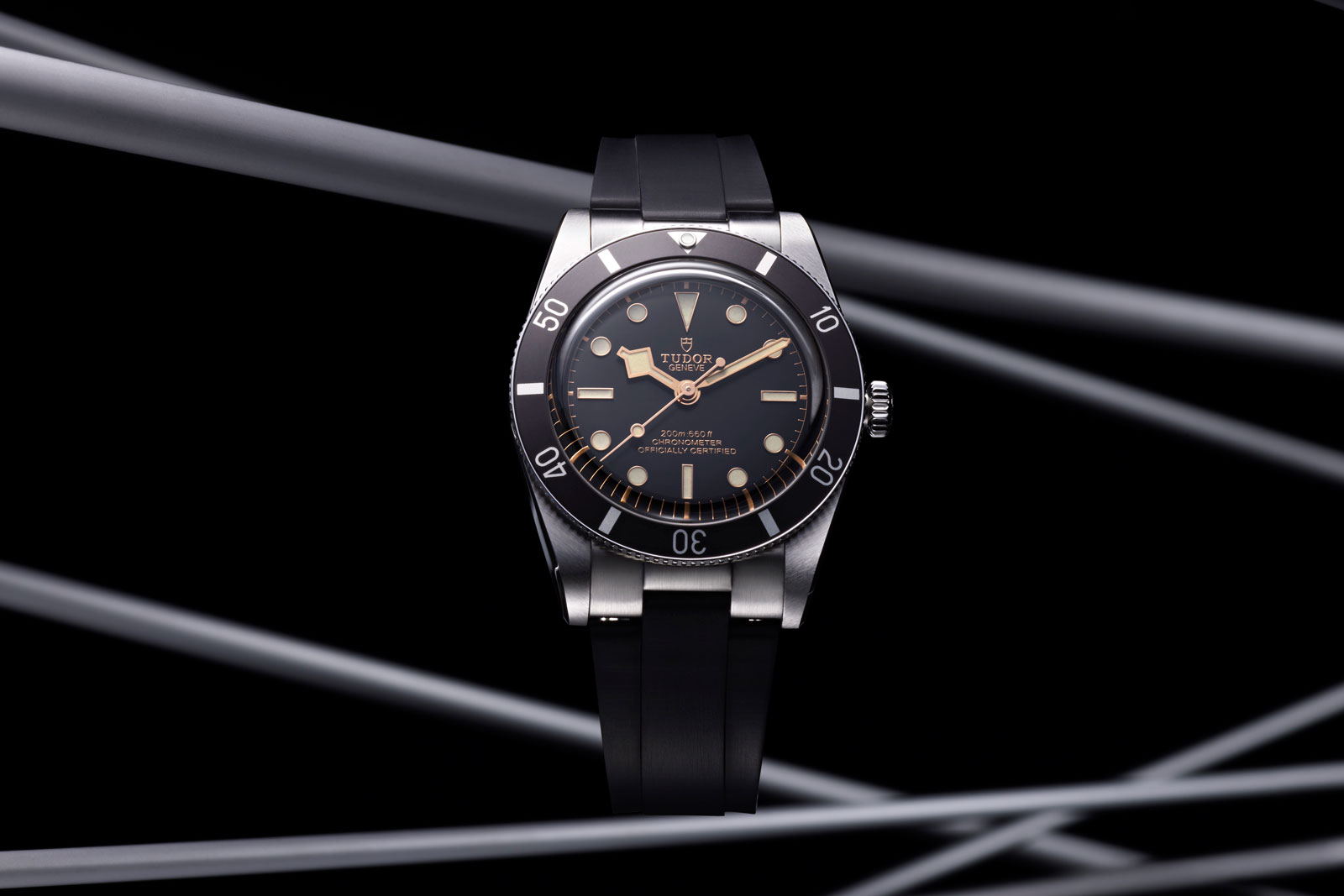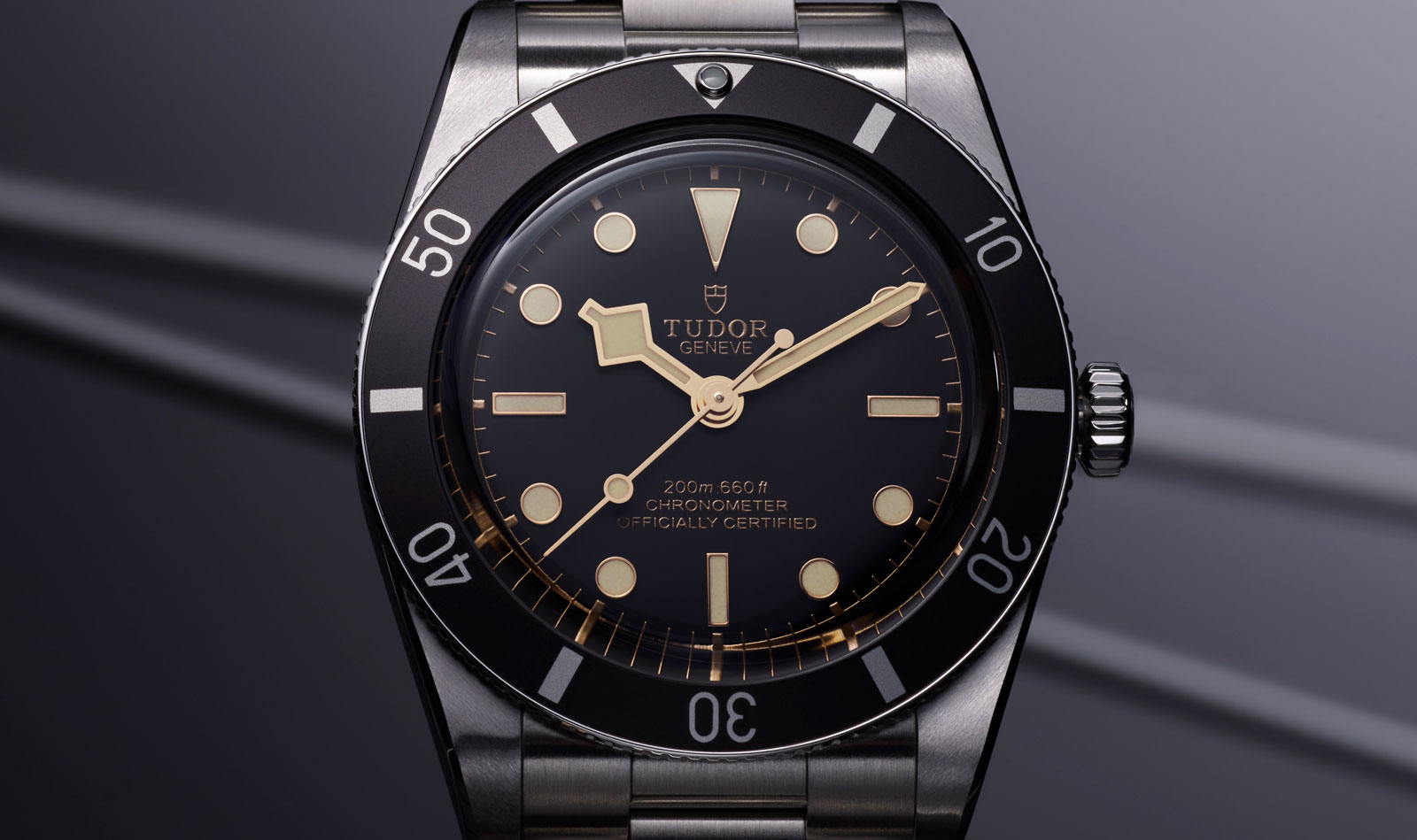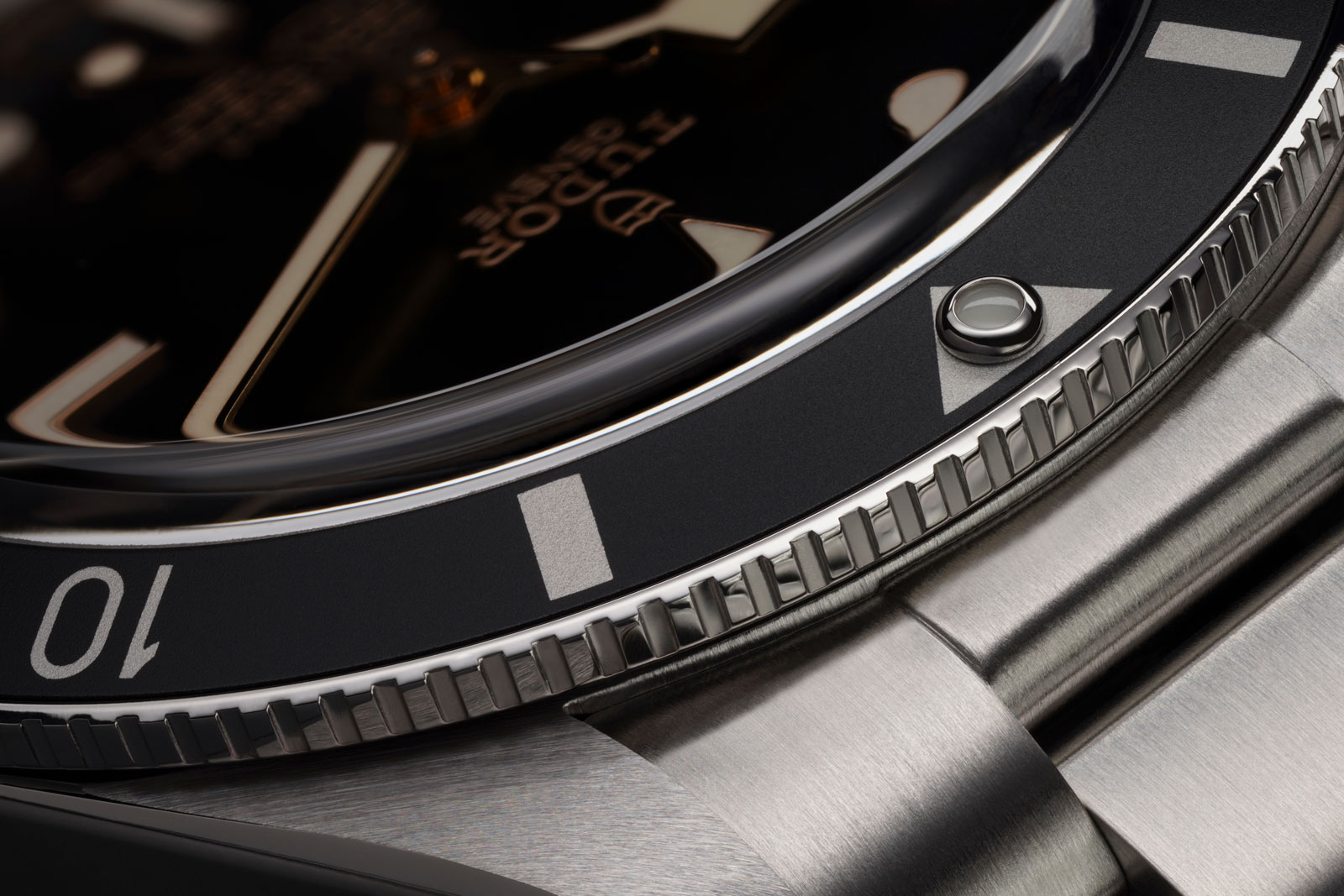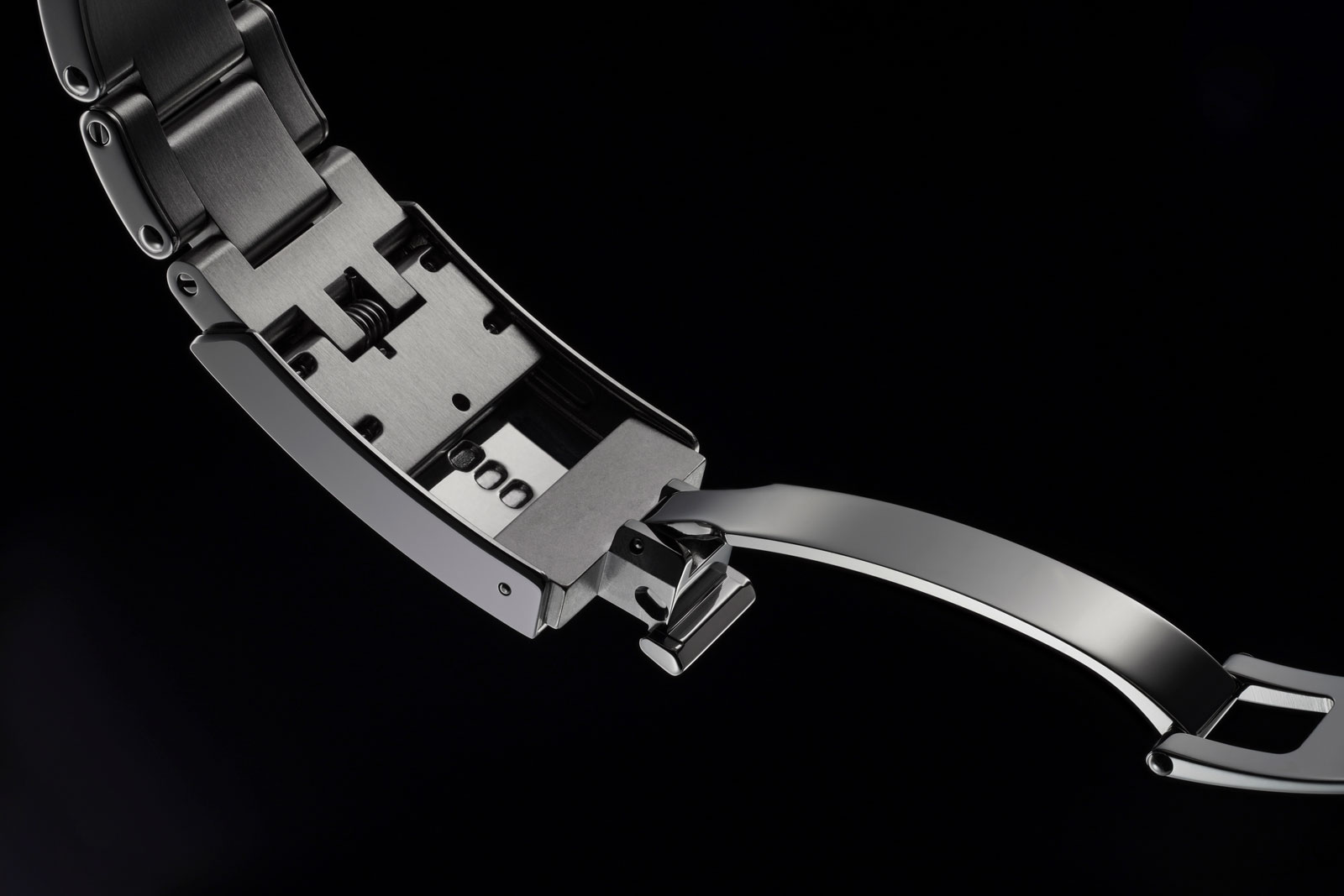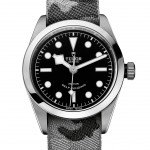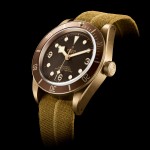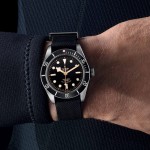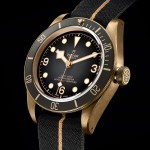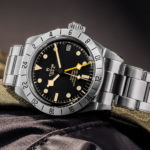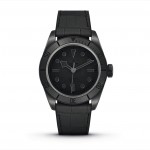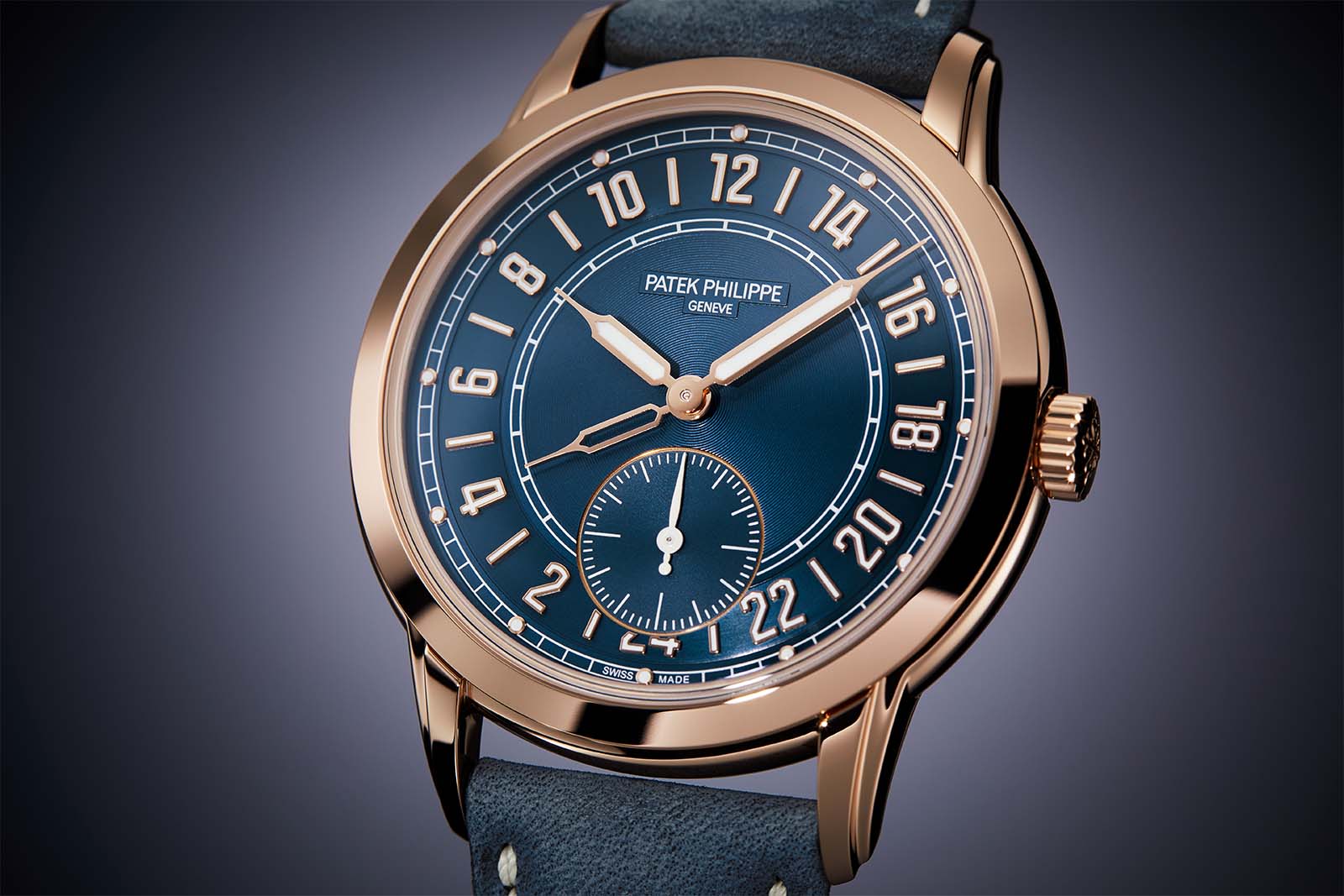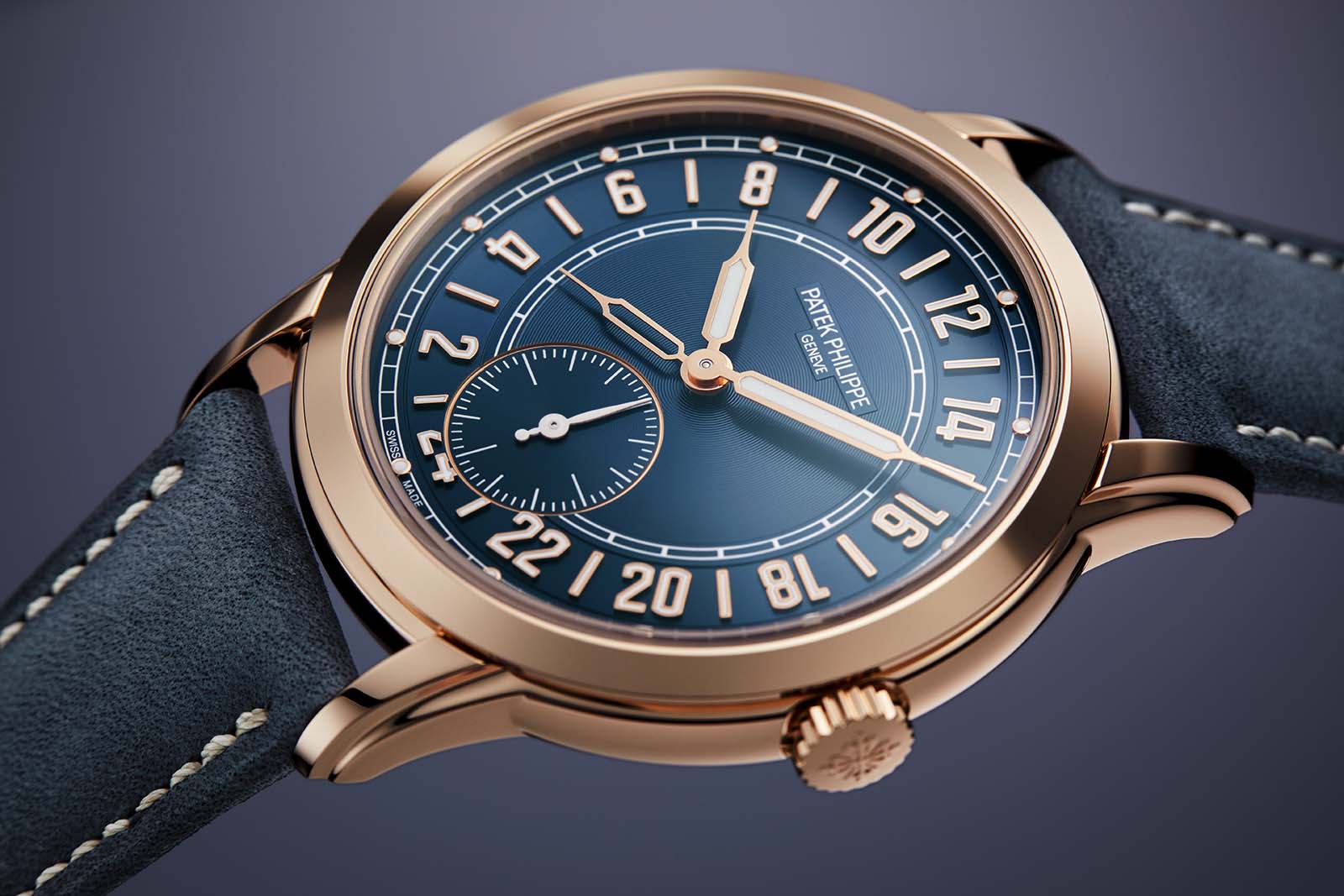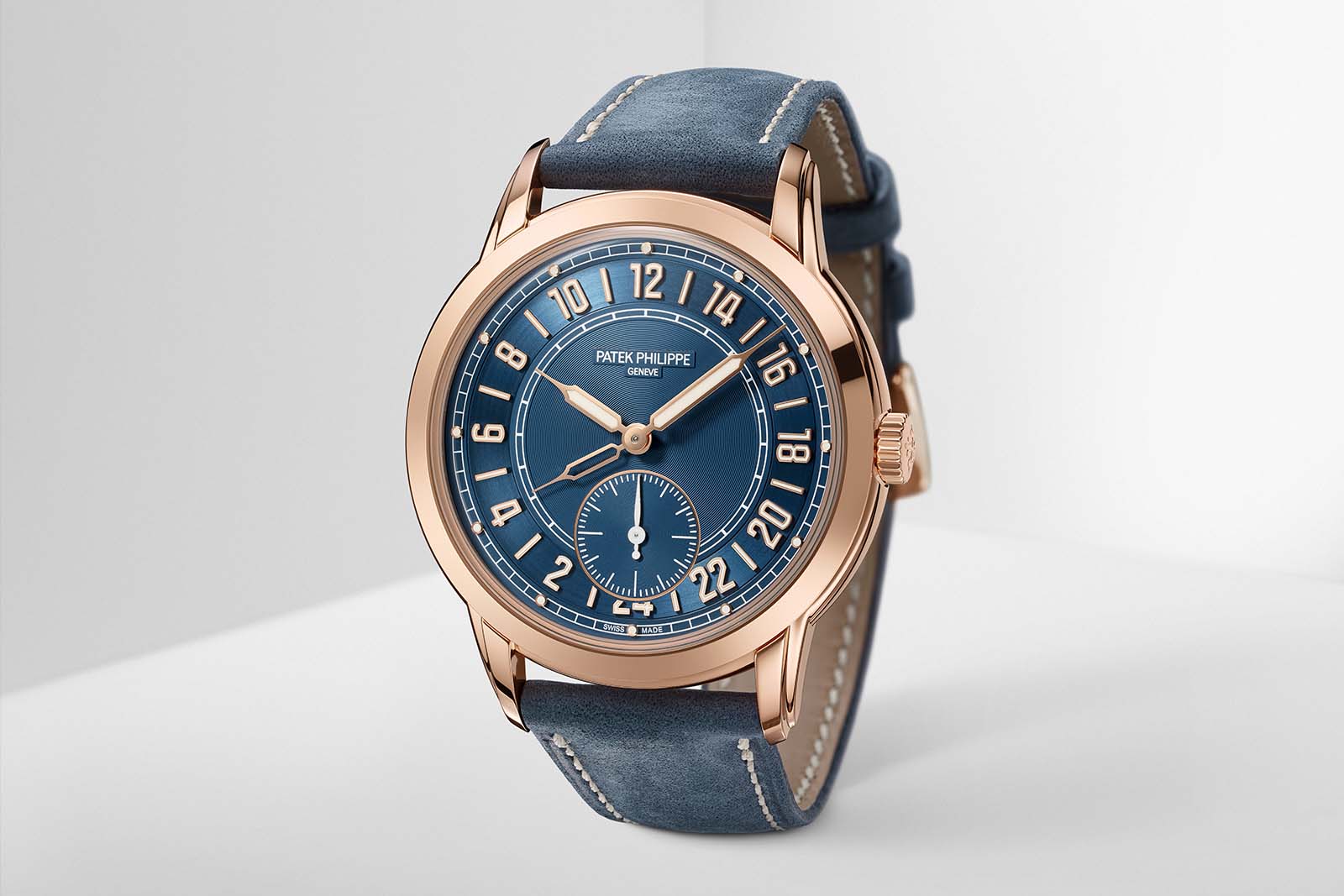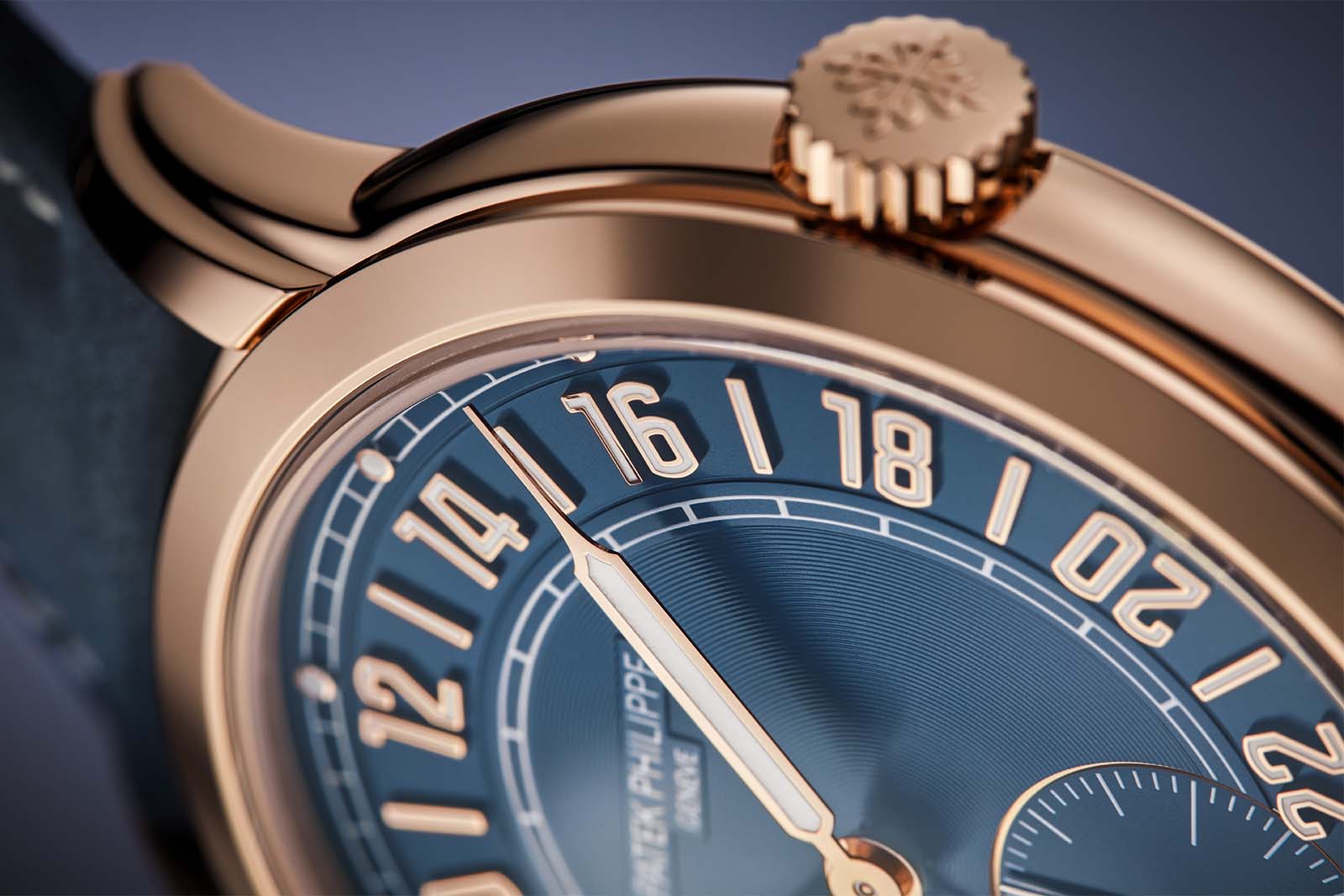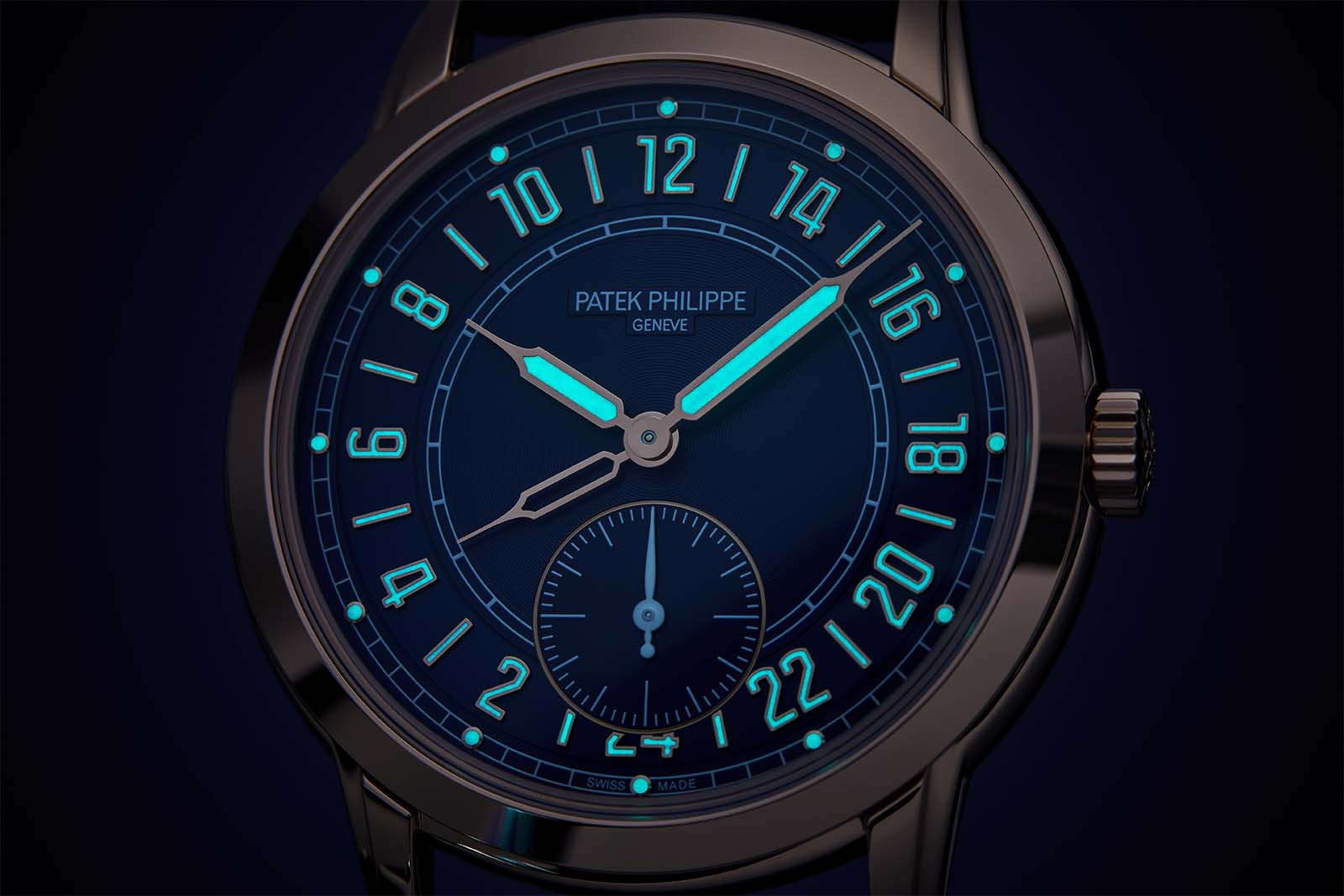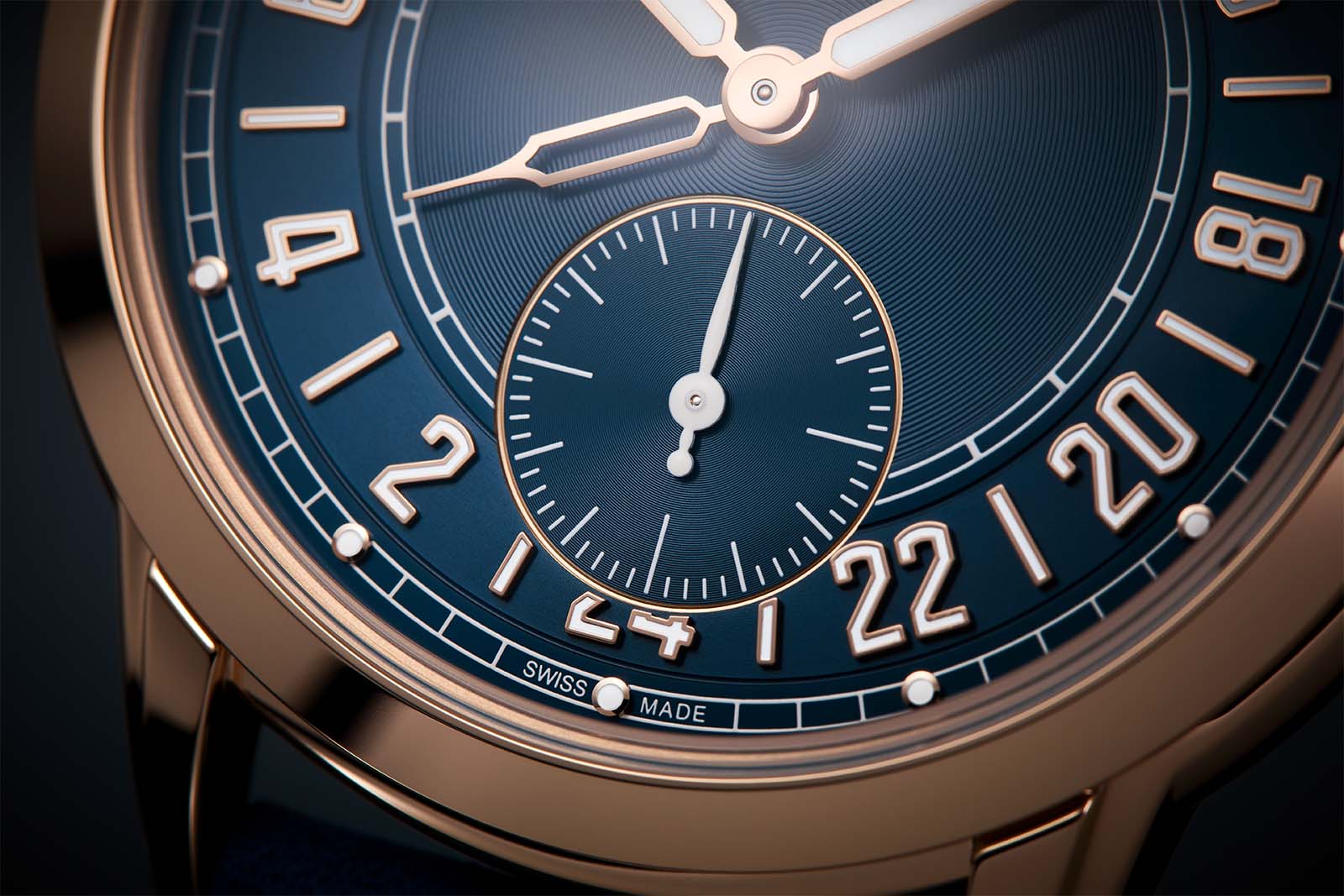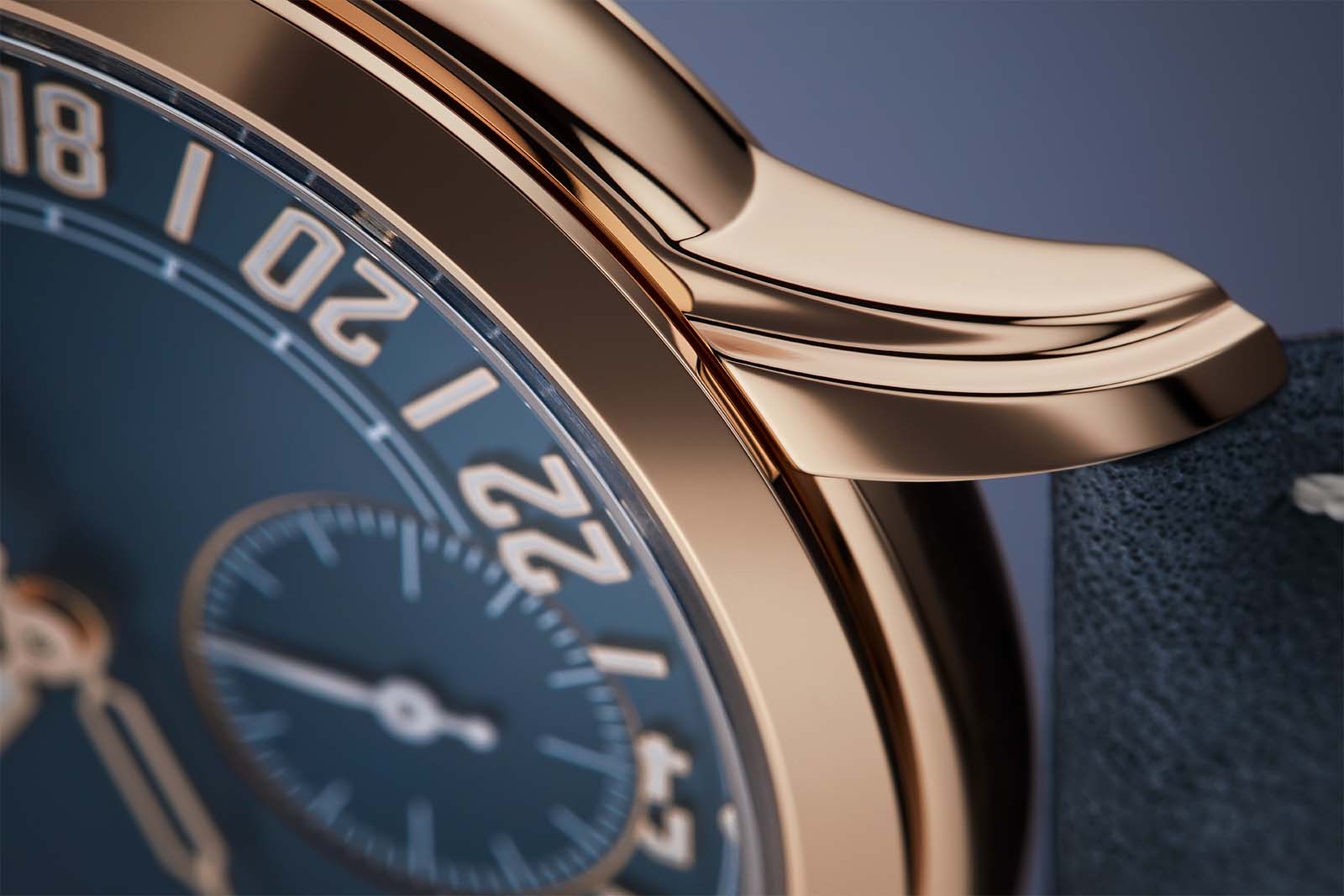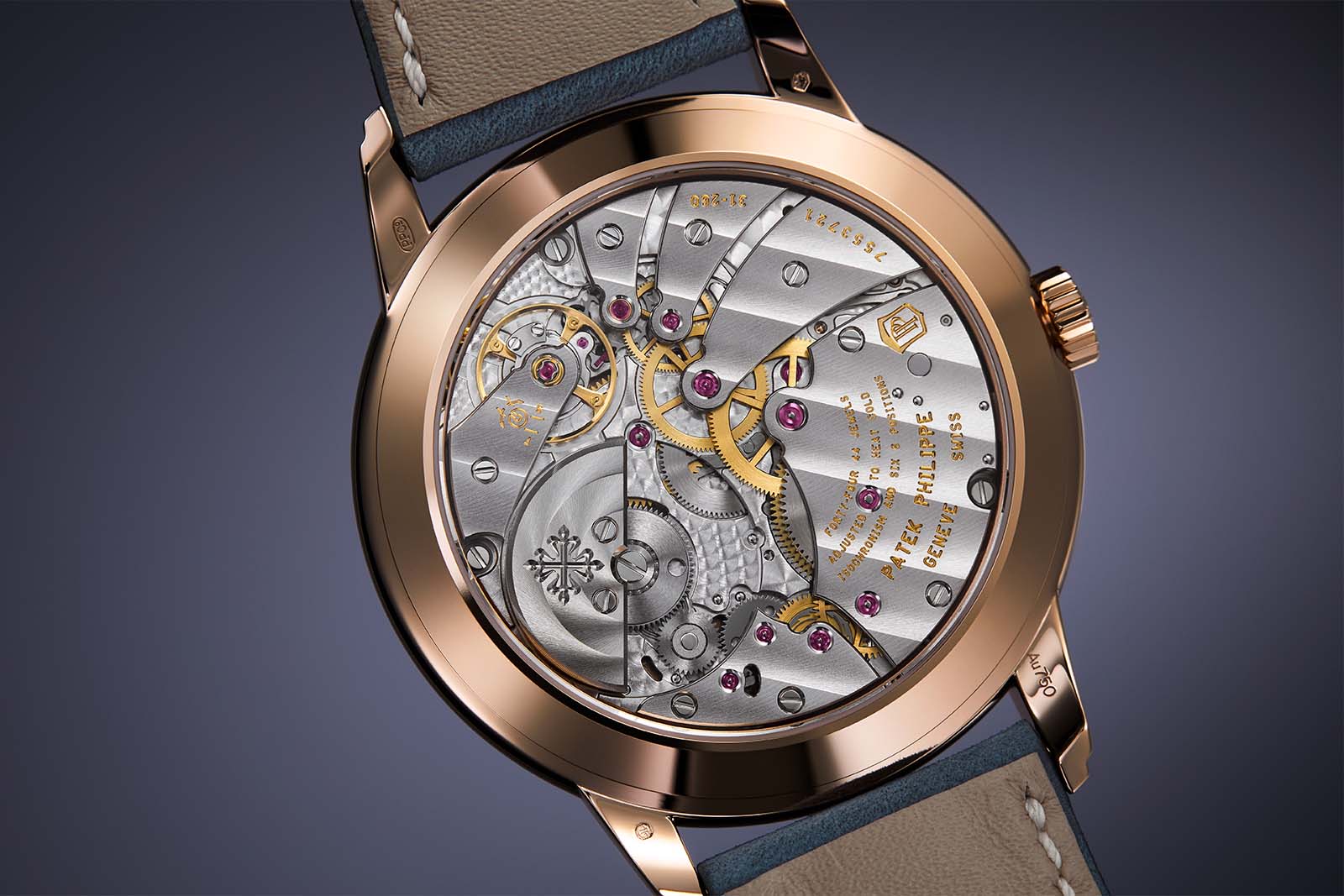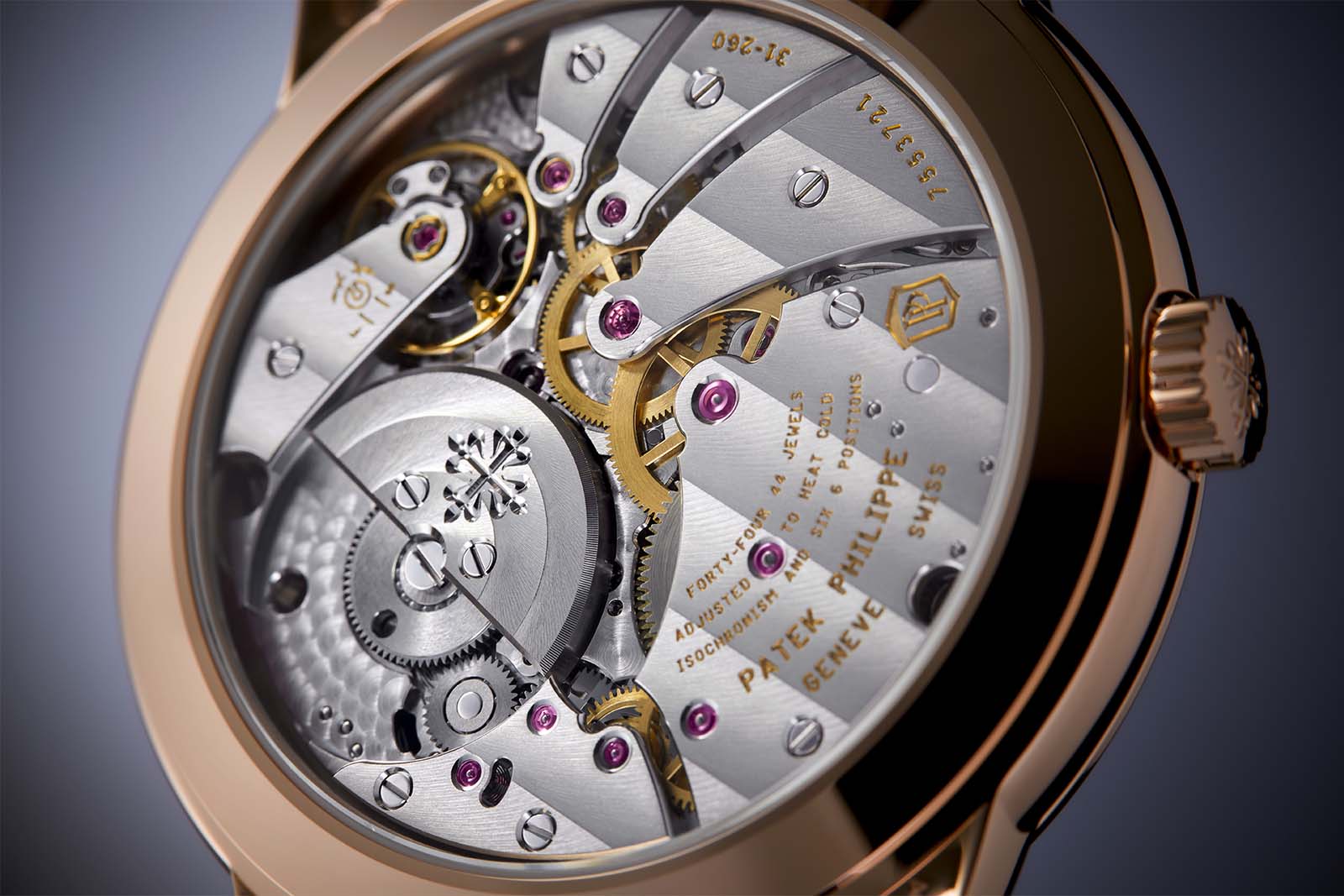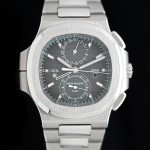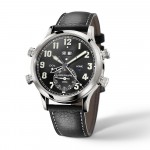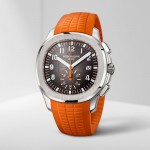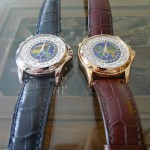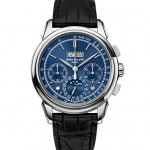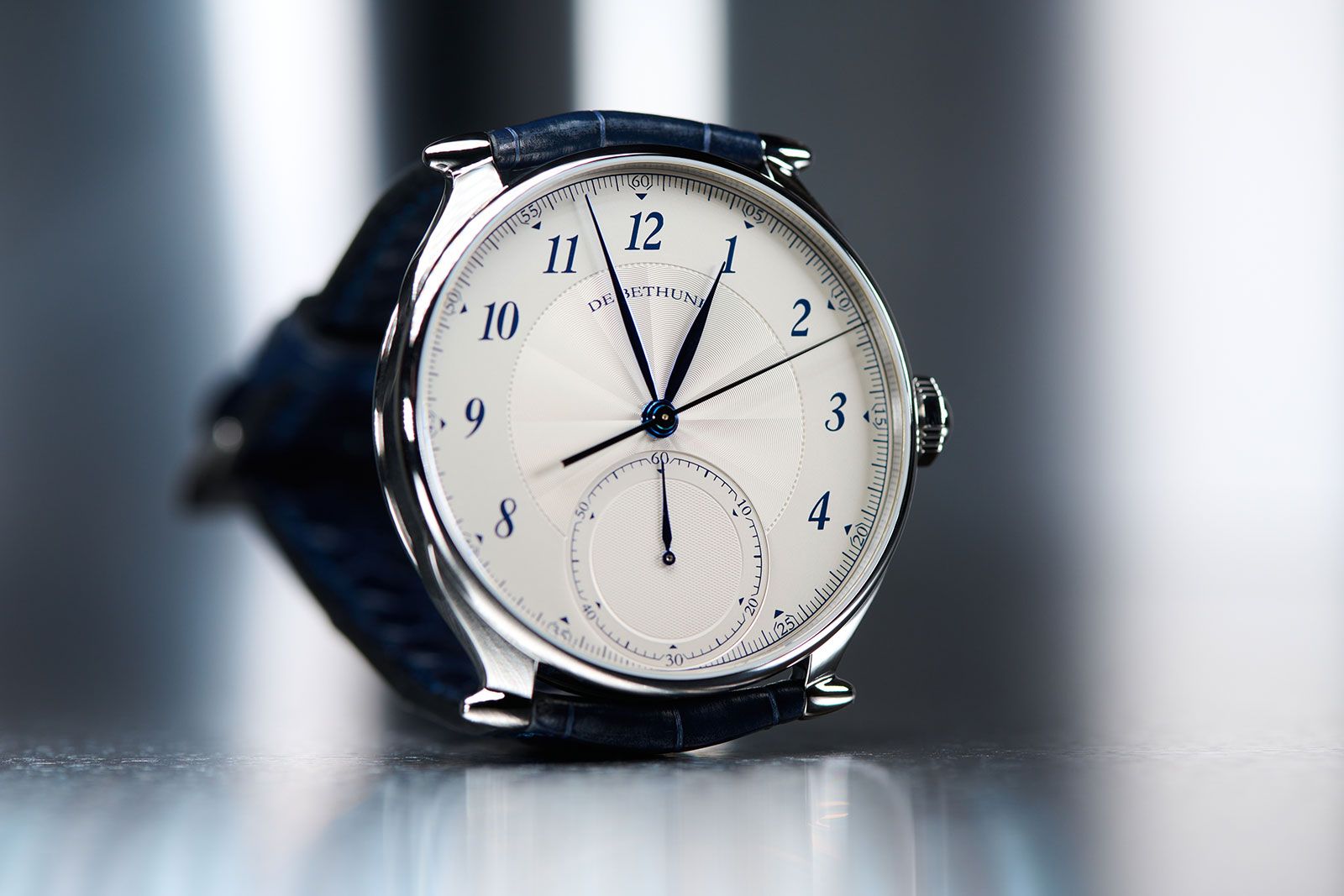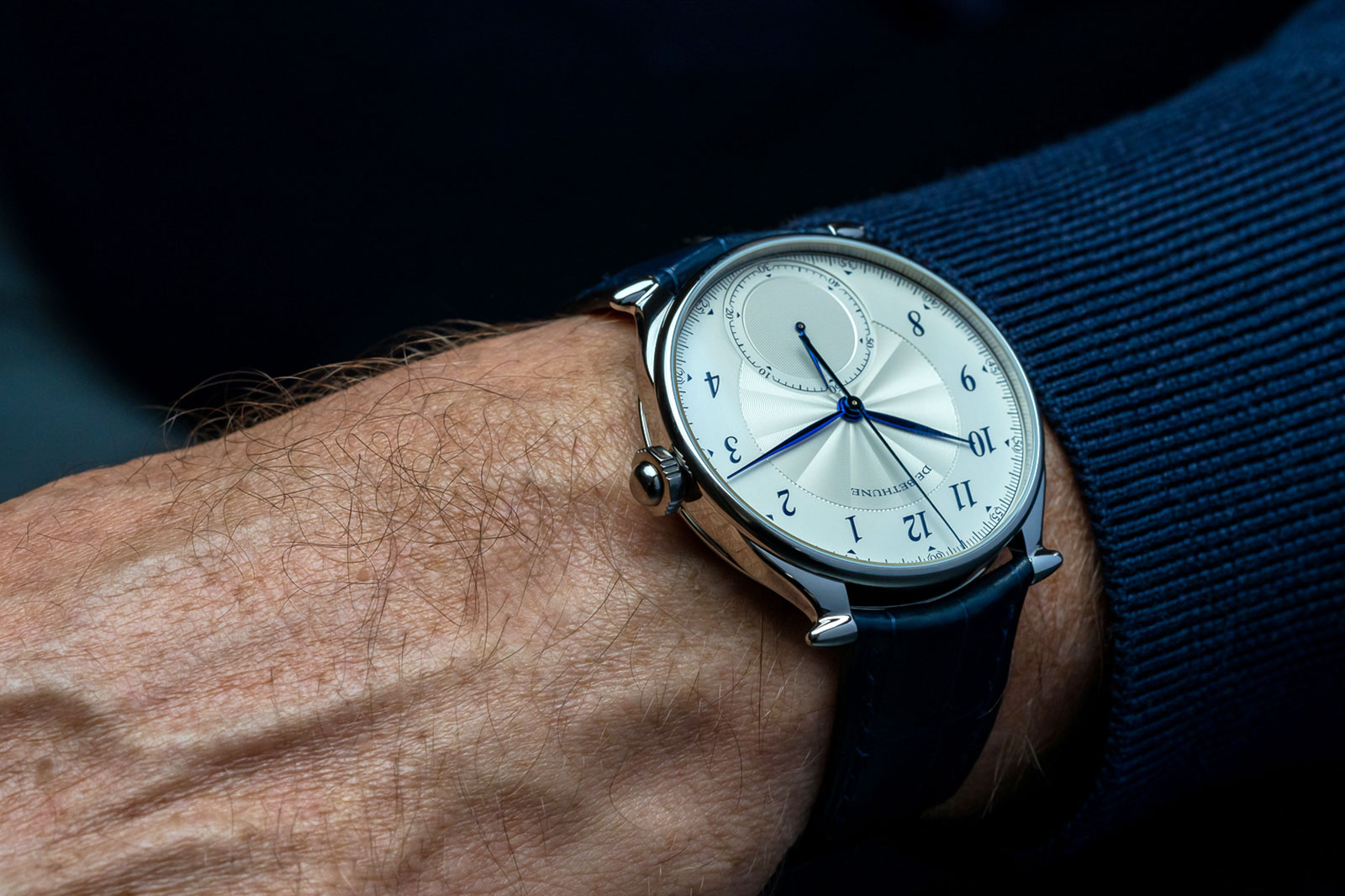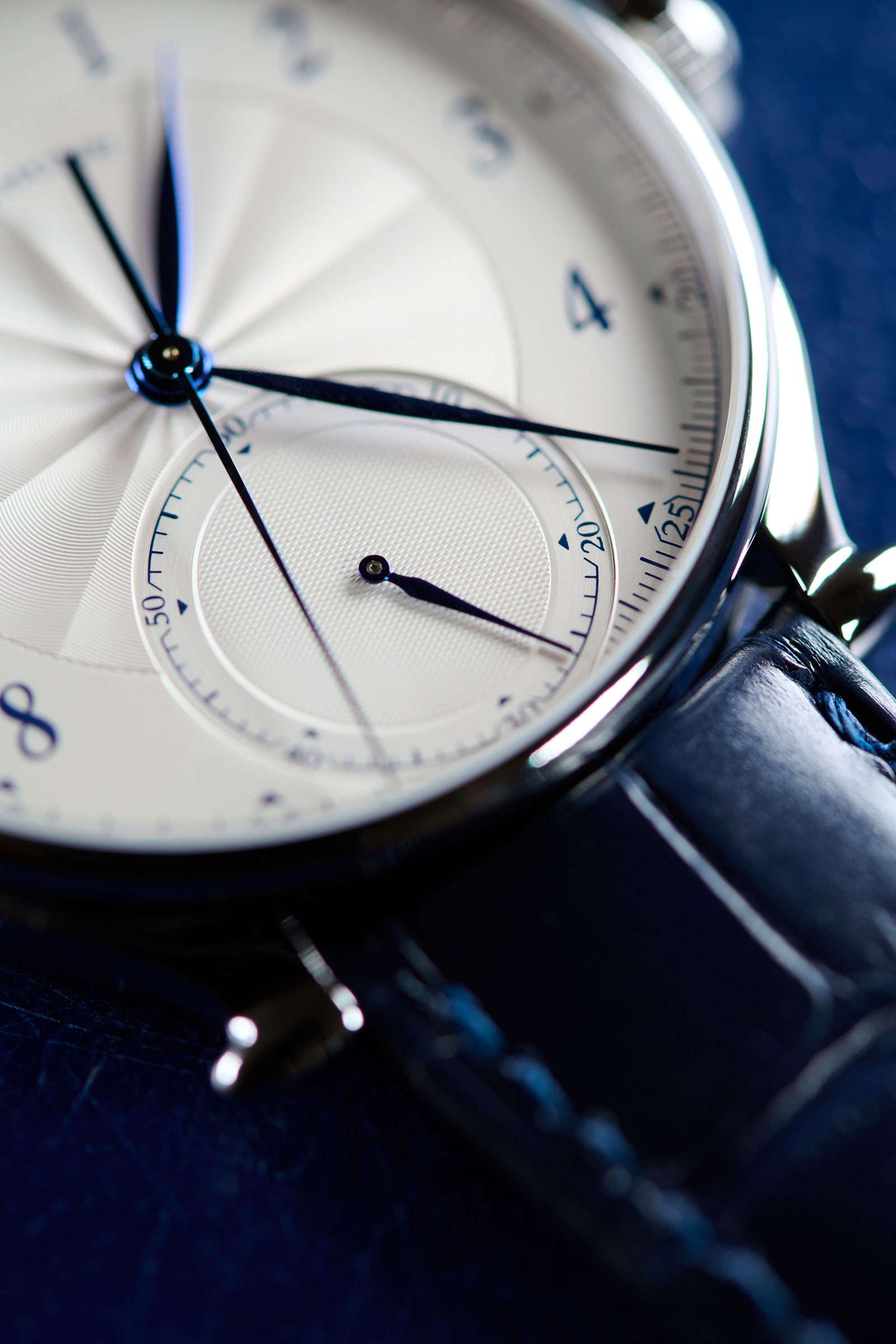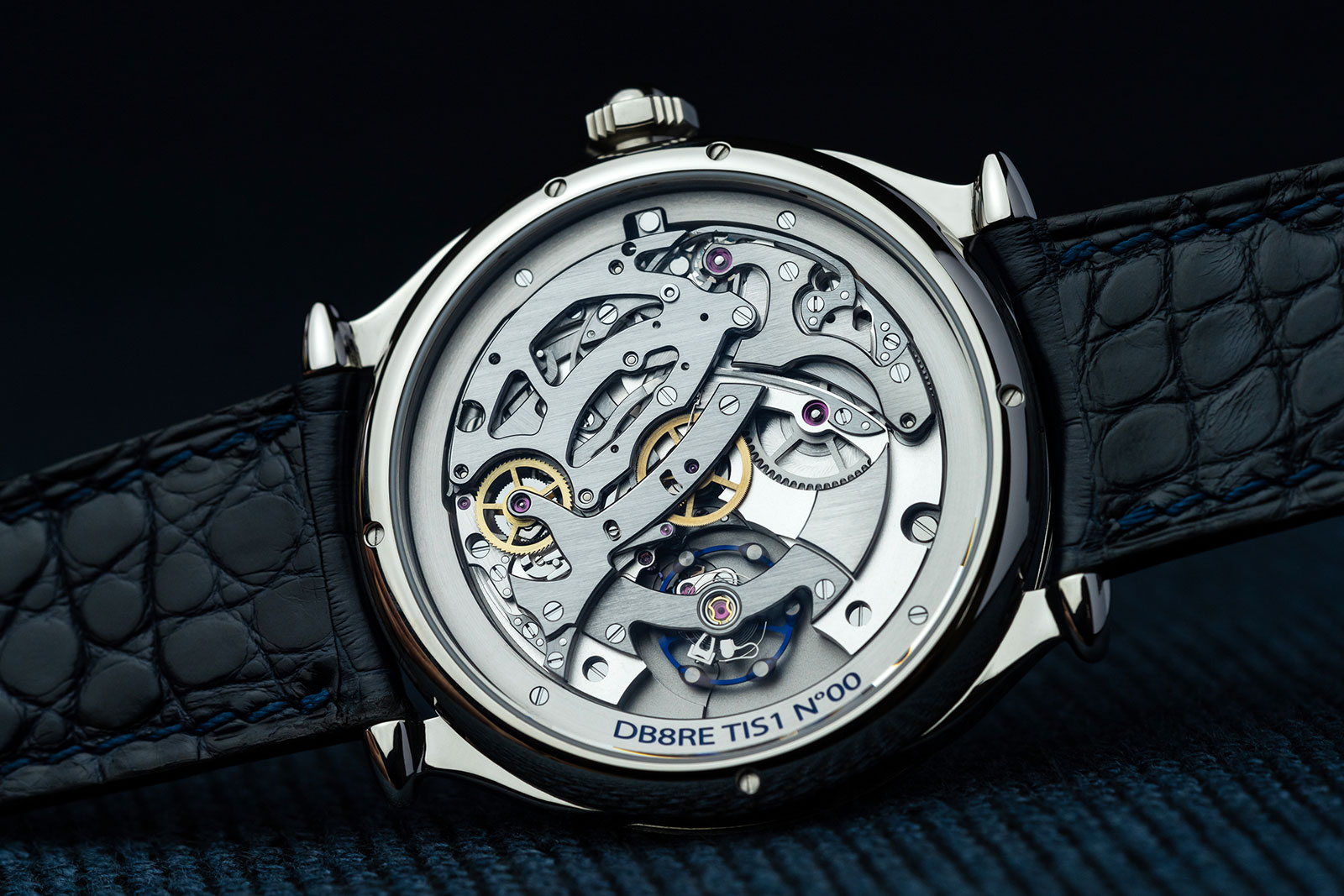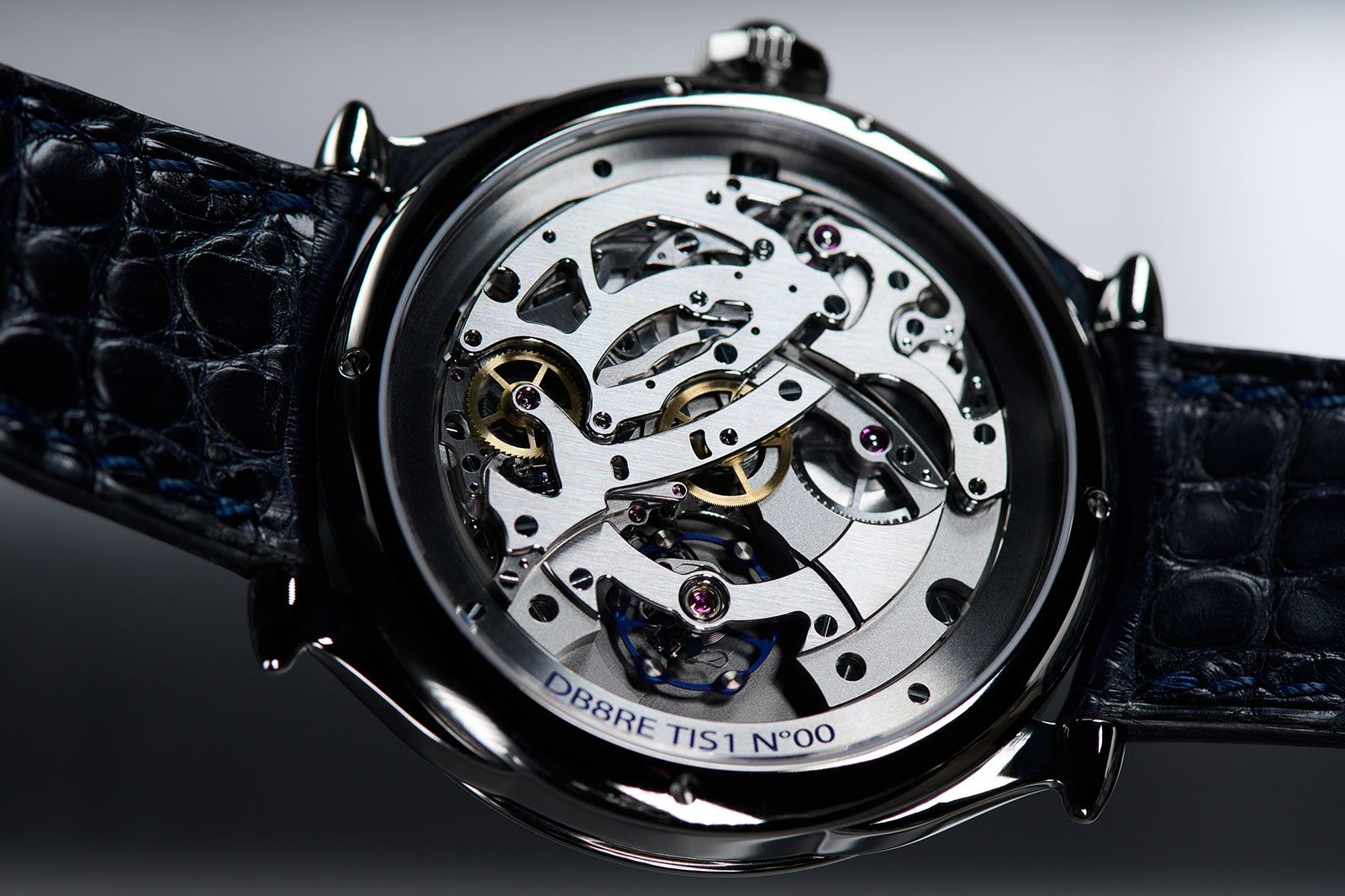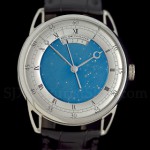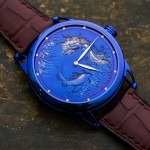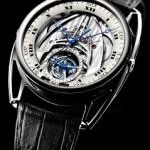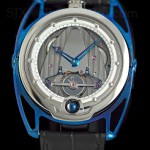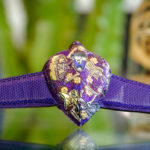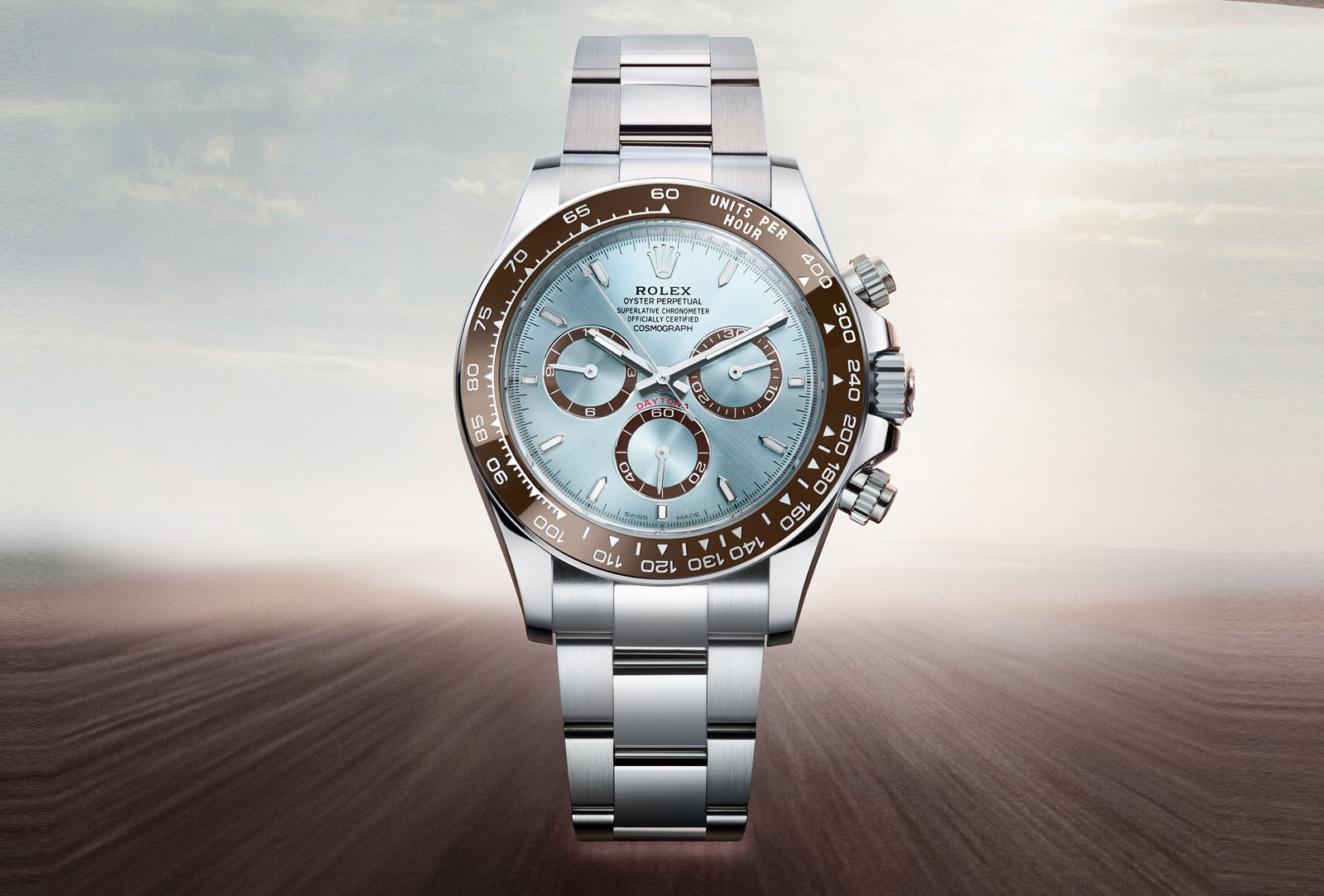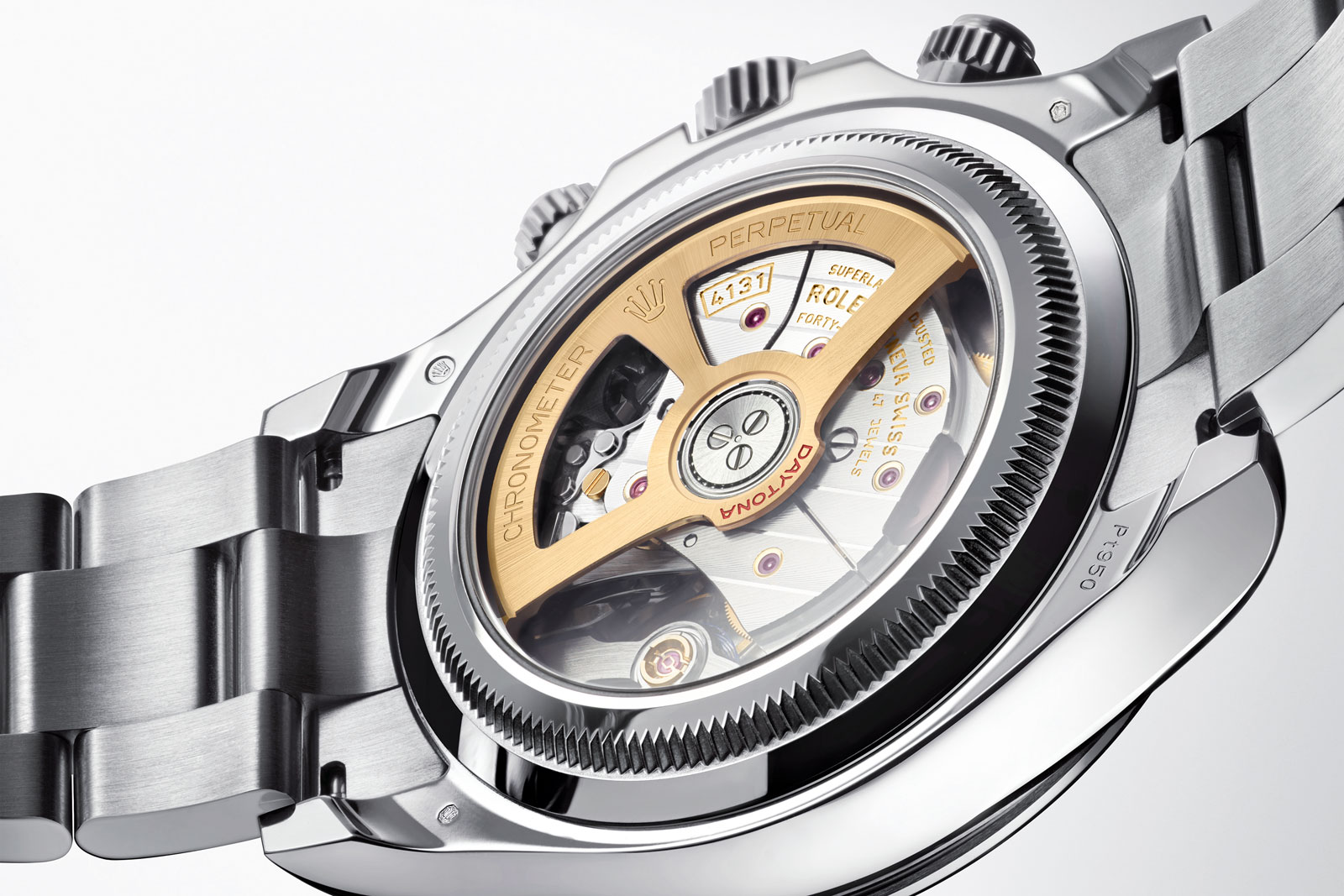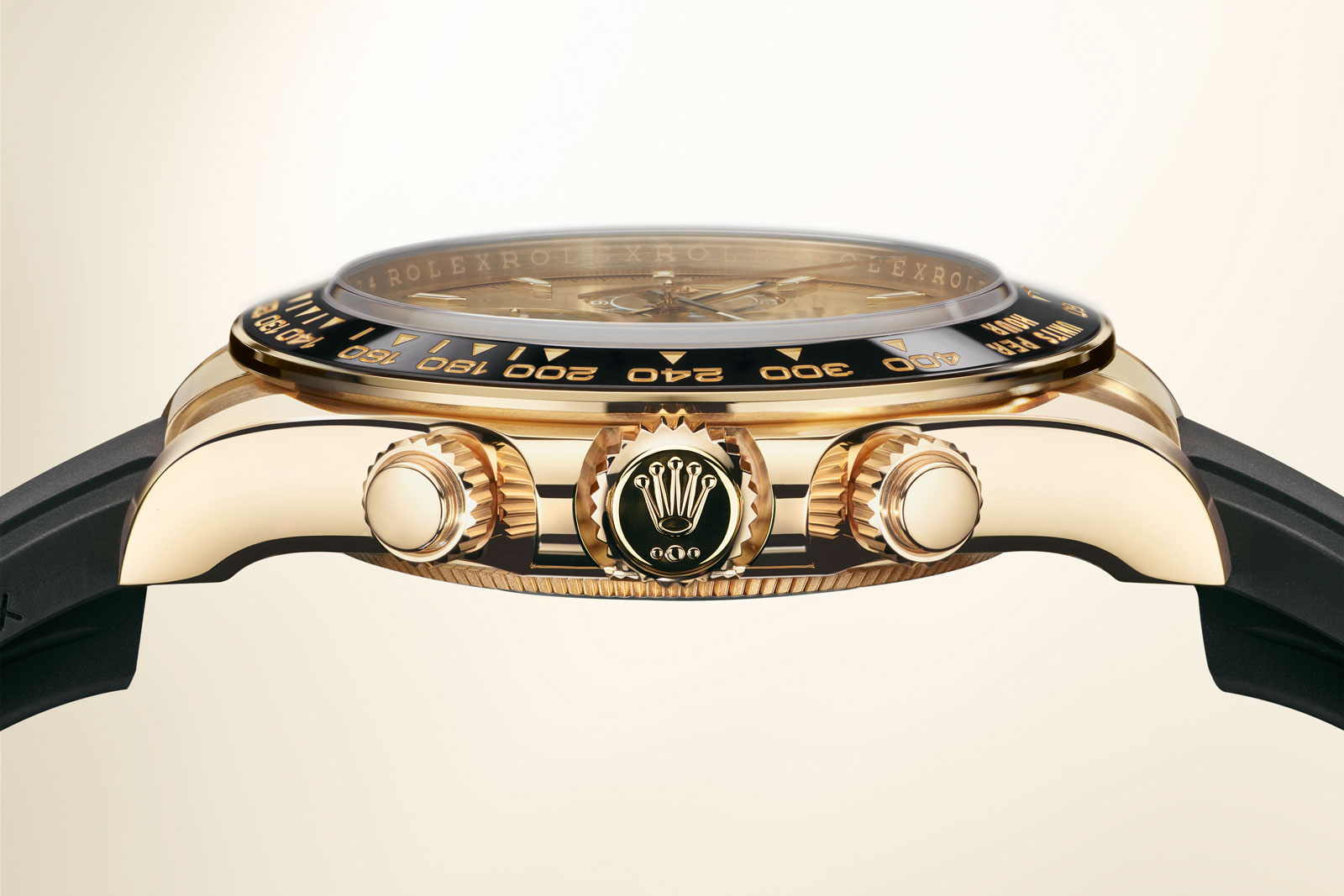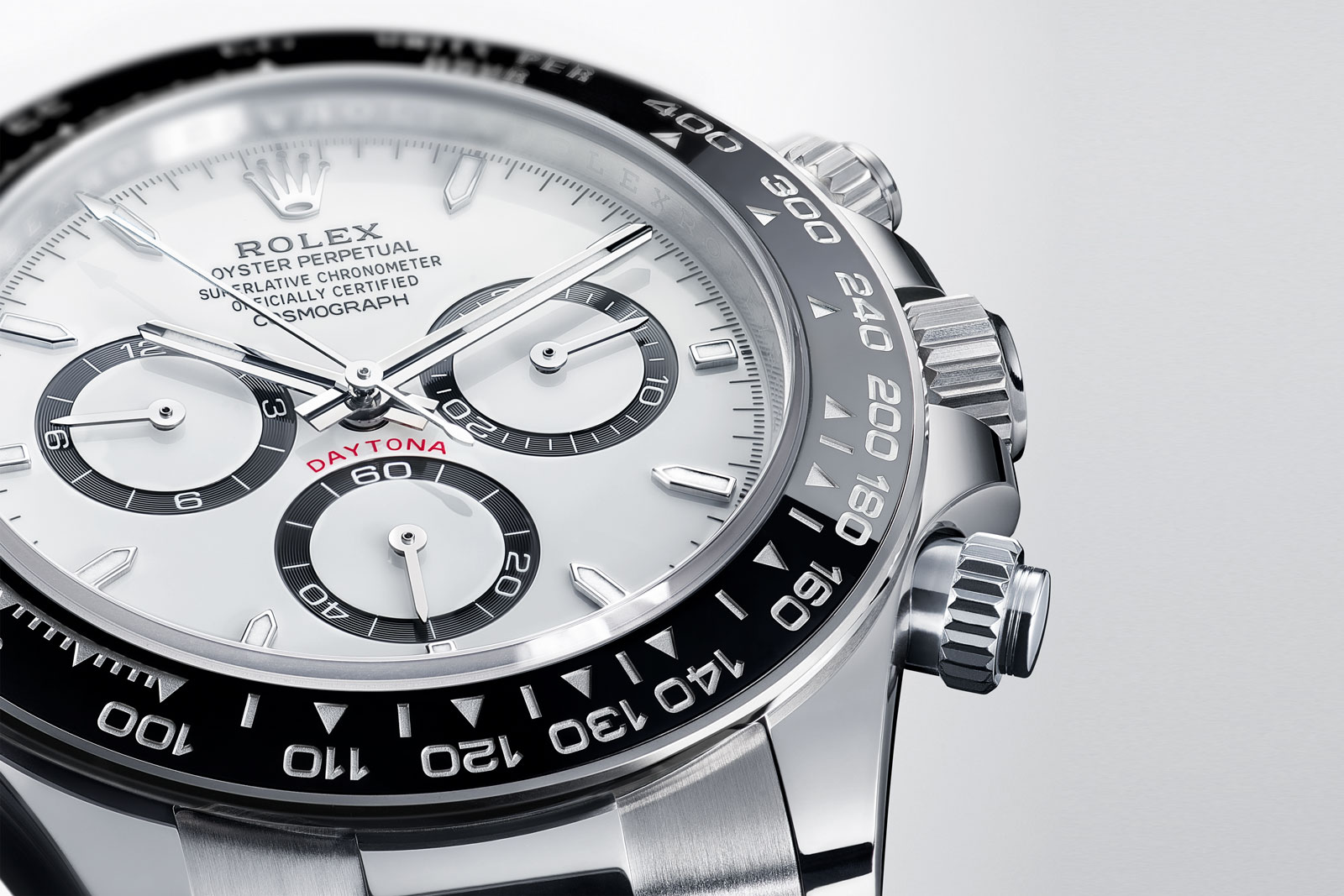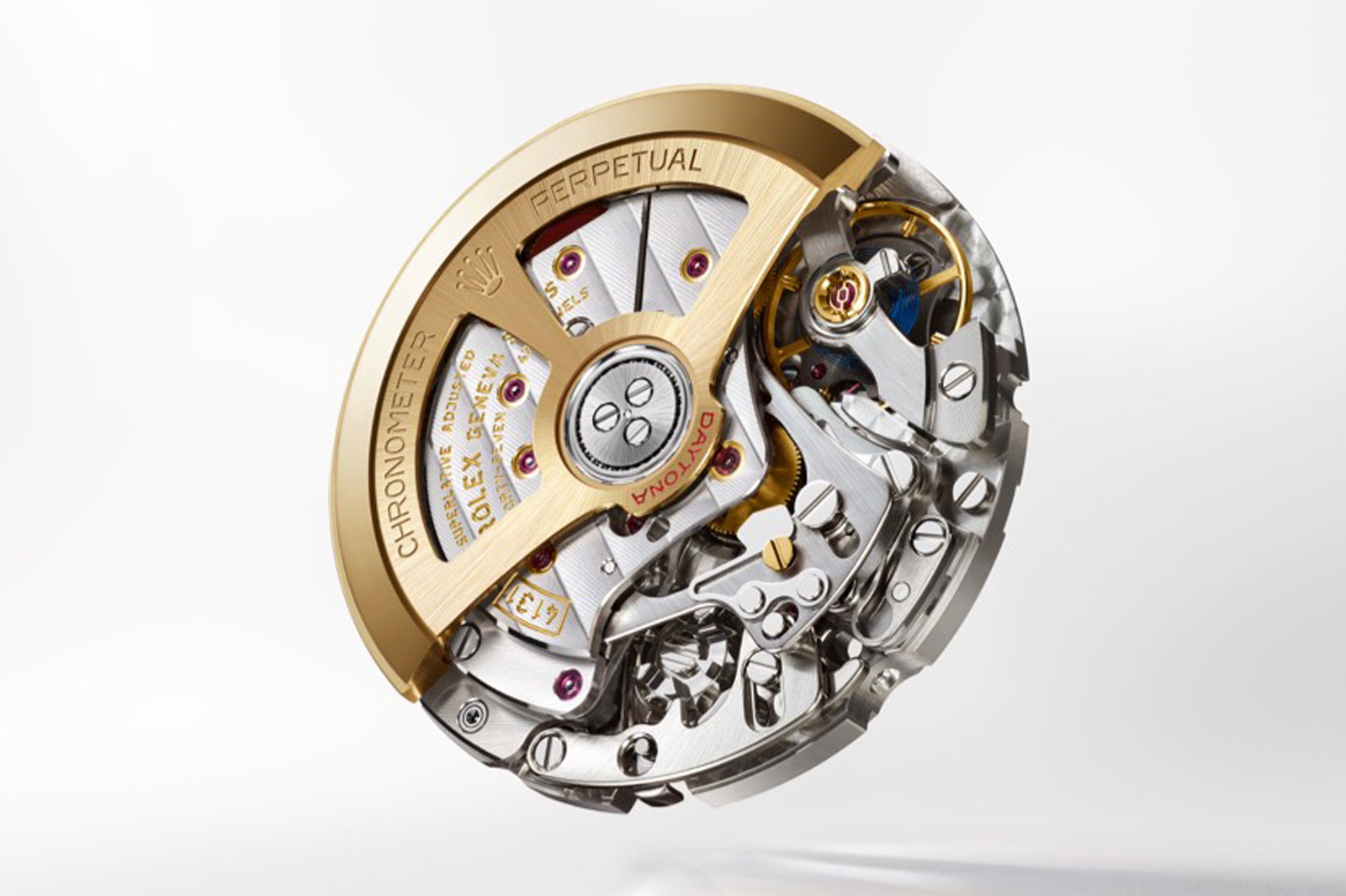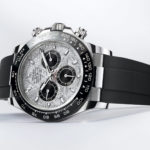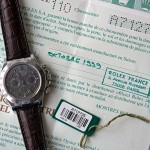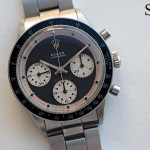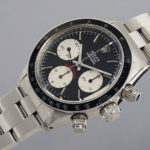Cartier Introduces the Privé Tank Normale
A compelling take on the original.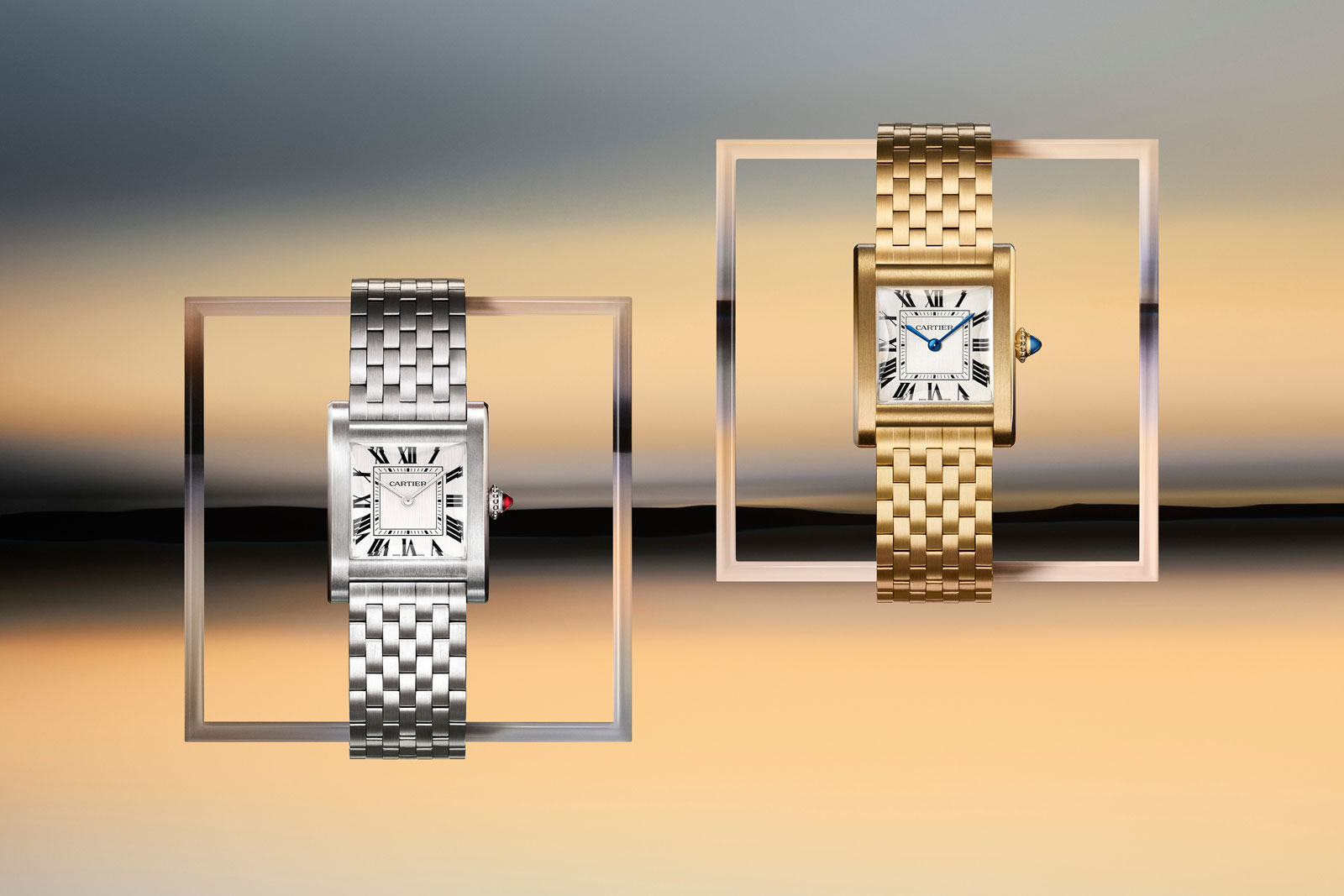
Cartier has long mined its extensive archives for inspiration, particularly for the Privé collection of historically-inspired watches. Having revived the Tank Asymetrique and Cloche, the jeweller now turns to the first-ever Tank with the Privé Tank Normale.
Like past Privé models, the new Normale faithfully adheres to the historical original, but unlike other Privé models, it is offered with the option of a matching, precious-metal bracelet.
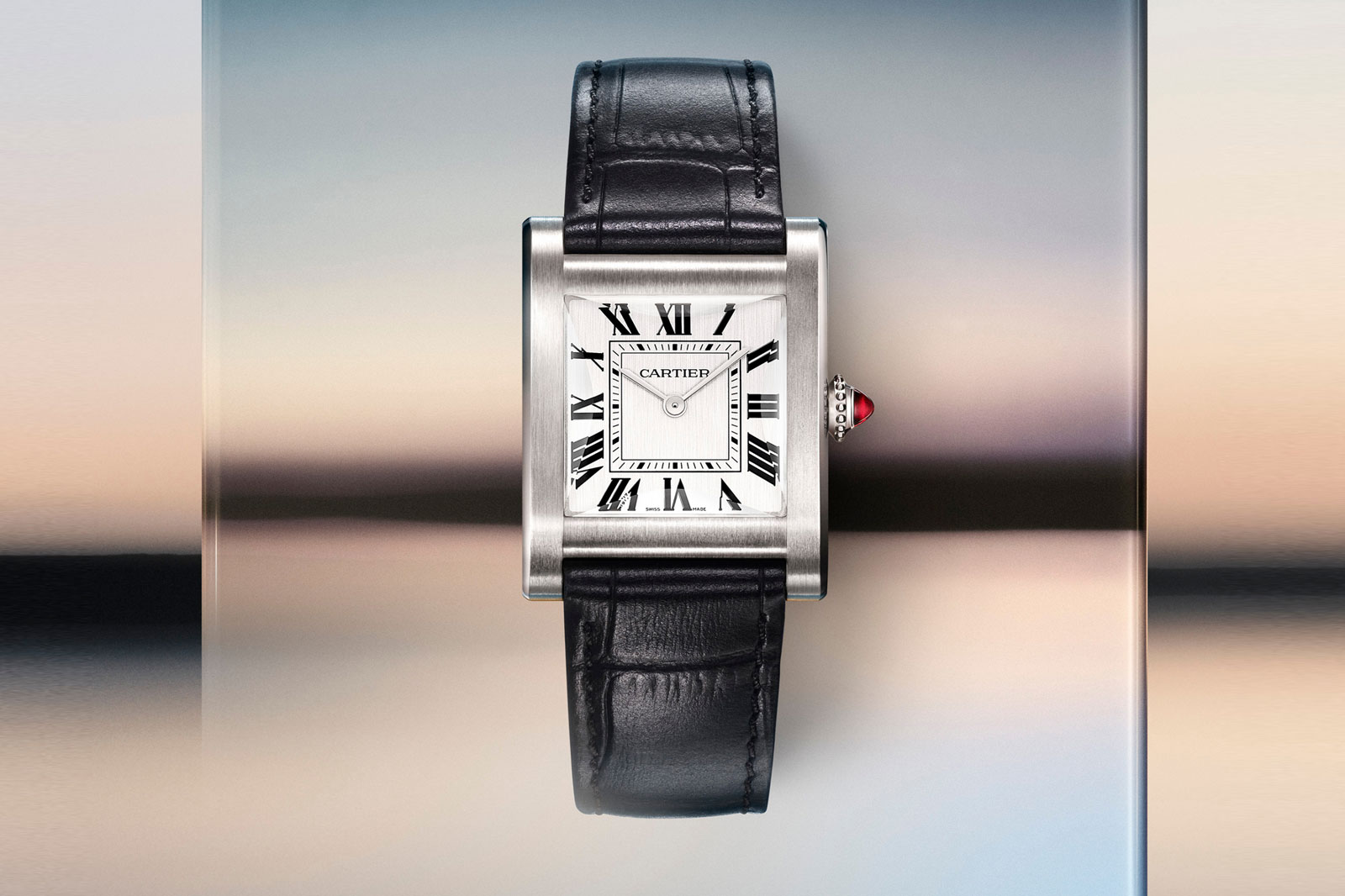
Initial thoughts
Like last year’s Privé Tank Chinoise, the Tank Normale is less familiar than say, the Tank Cintree, having been discontinued for some time. Although the Tank Normale was the original Tank design of 1917, it has been out of the catalogue for long enough to have some novelty.
The Tank Normale stays true to the original in almost all respects. The case, for instance, is marginally larger than vintage examples but compact enough it feels like a vintage watch. Even the bevelled sapphire crystal mimics the glass on the originals.
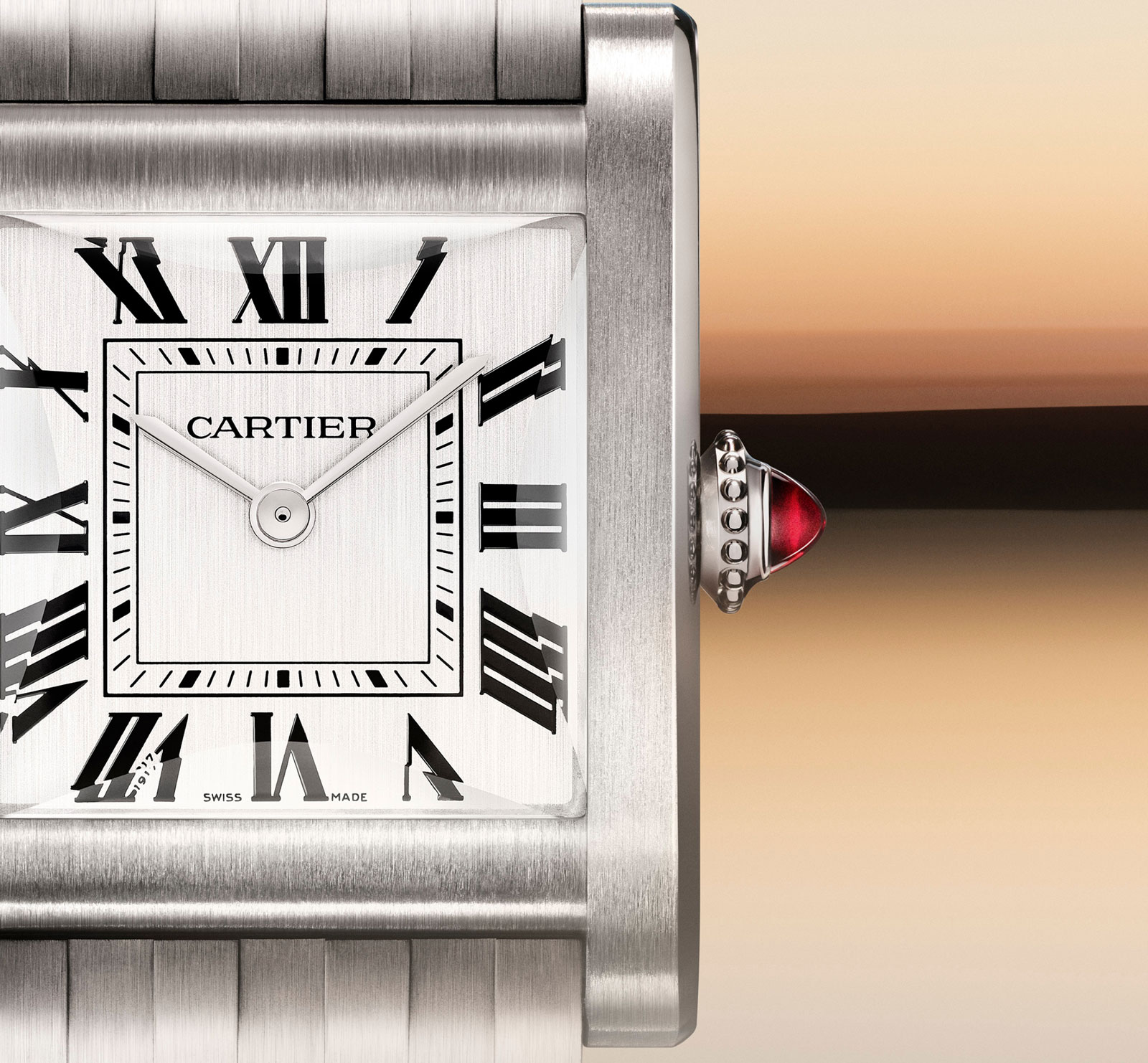
But the watch incorporates modest tweaks that set it apart as a modern watch, like the expanded railway minute track. These design updates reveal a good attention to detail in updating the watch without changing too much.
Especially noteworthy is the bracelet, an option rarely offered by Cartier for its high-end men’s watches. It’s executed well in both design and build, while also being acceptably priced as such things go (although pricey in absolute terms).
The OG Tank
The Tank Normale was the original Tank, having been designed by Louis Cartier in 1917. As the legend goes, he was inspired by the outline of the Renault FT light tank used by the French army in the First World War. Armoured vehicles like the Renault FT were then newfangled inventions in an industrial war, making them something of a technological landmark, perhaps explaining why Cartier found them notable.
The Tank has been iterated countless times over the following century, but the Tank Normale remains truest to the original design. The new remake retains the lines and proportions of the original, with the case having the same brushed top surfaces and polished chamfers along the brancards.
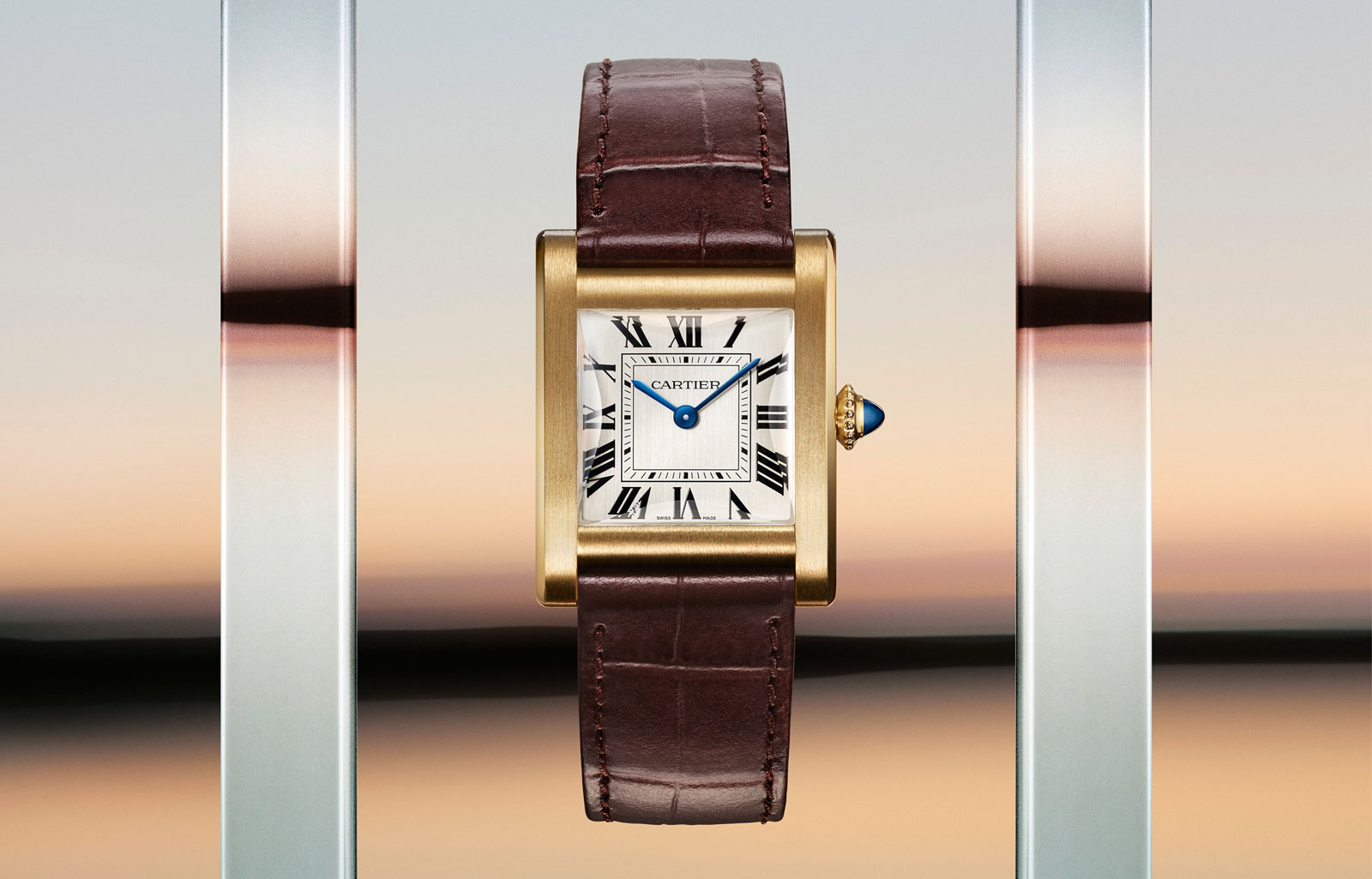
Most of the design tweaks being found on the dial. Finished with a prominent vertical brushing, the dial features a prominent minute track and sword-shaped hands. One of its most interesting details is the “secret” signature at seven o’clock. Instead of the usual “Cartier”, the signature incorporates “1917” into the numeral “VII”, a nod to the year of its creation.
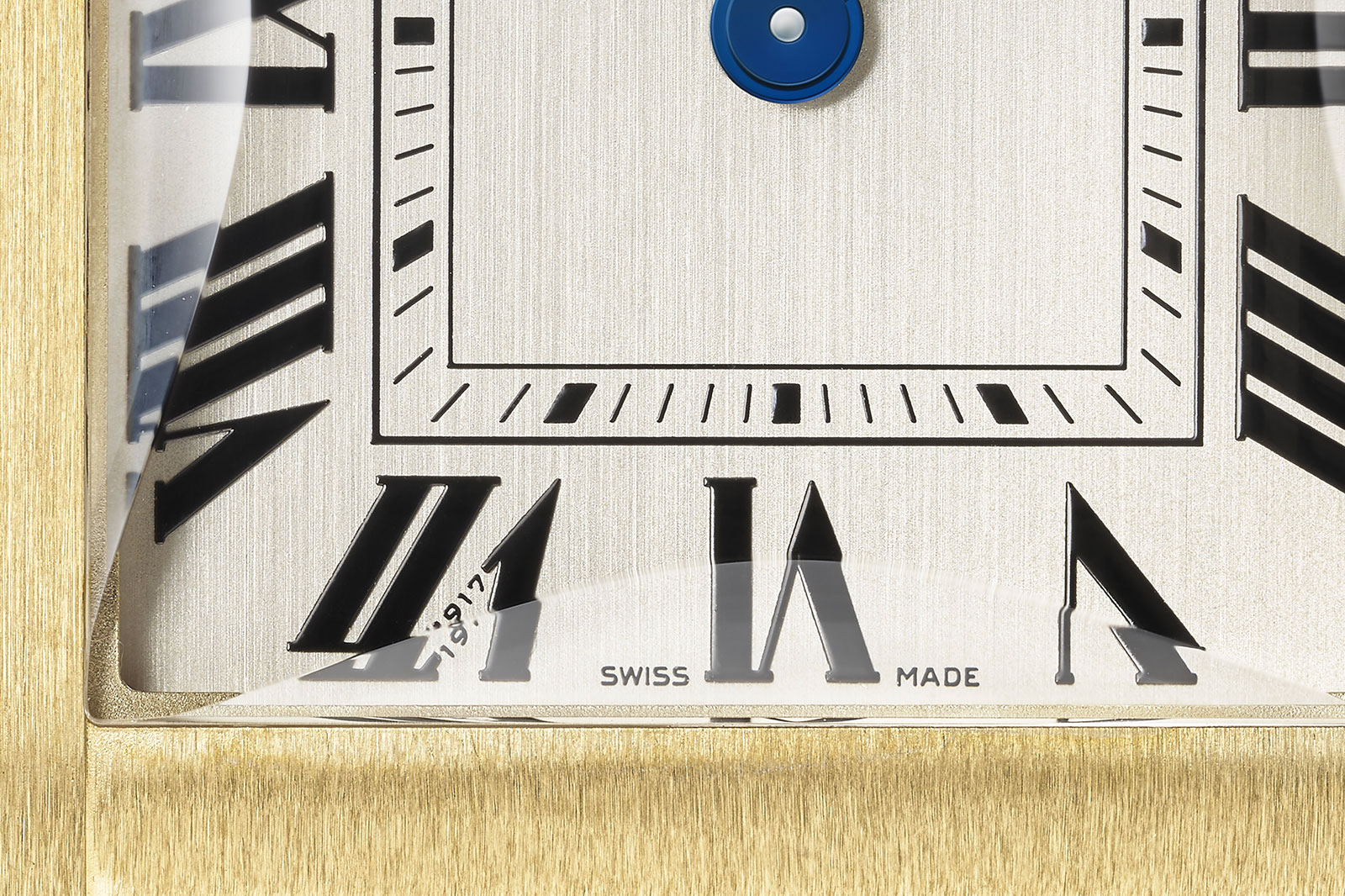
Both versions of the Tank Normale are available with a matching bracelet that’s seven-links wide, giving it a period-correct aesthetic. The bracelet also adds heft to a relatively small watch, making it an compelling option despite the price.
The Tank Normale is powered by the cal. 070, a compact hand-wind movement produced by a specialist movement maker. As expected for such a small movement, the power reserve is a short hours.
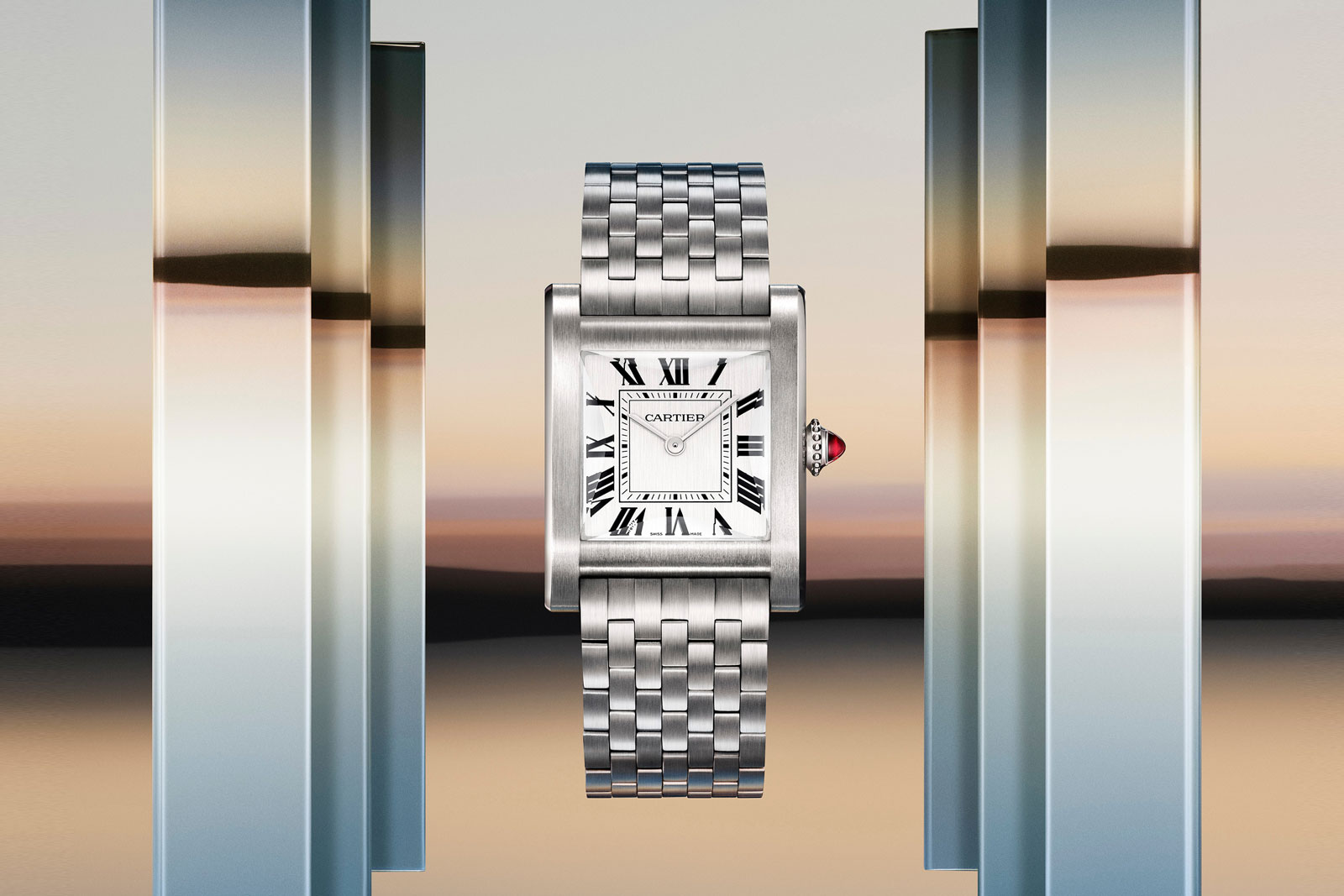
Key facts and price
Cartier Privé Tank Normale
Ref. CRWGTA0108 (yellow gold)
Ref. CRWGTA0110 (yellow gold with bracelet)
Ref. CRWGTA0109 (platinum)
Ref. CRWGTA0111 (platinum with bracelet)
Diameter: 32.6 mm by 25.7 mm
Height: 6.85 mm
Material: Yellow gold or platinum
Crystal: Sapphire
Water resistance: Not applicable
Movement: Cal. 070
Features: Hours and minutes
Frequency: 25,200 beats per hour (3.5 Hz)
Winding: Manual
Power reserve: 38 hours
Strap: Alligator leather strap with pin buckle or matching bracelet
Limited edition: 600 pieces, with 200 in each metal on strap, and another 100 in each metal with a matching bracelet
Availability: Now at Cartier boutiques and retailers
Price:
Yellow gold: US$31,000; or 44,300 Singapore dollars
Yellow gold with bracelet: US$46,600; or 66,500 Singapore dollars
Platinum: US$34,900; or 49,800 Singapore dollars
Platinum with bracelet: US$53,500; or 76,500 Singapore dollars
For more, visit Cartier.com
Back to top.


